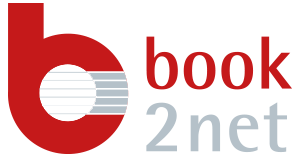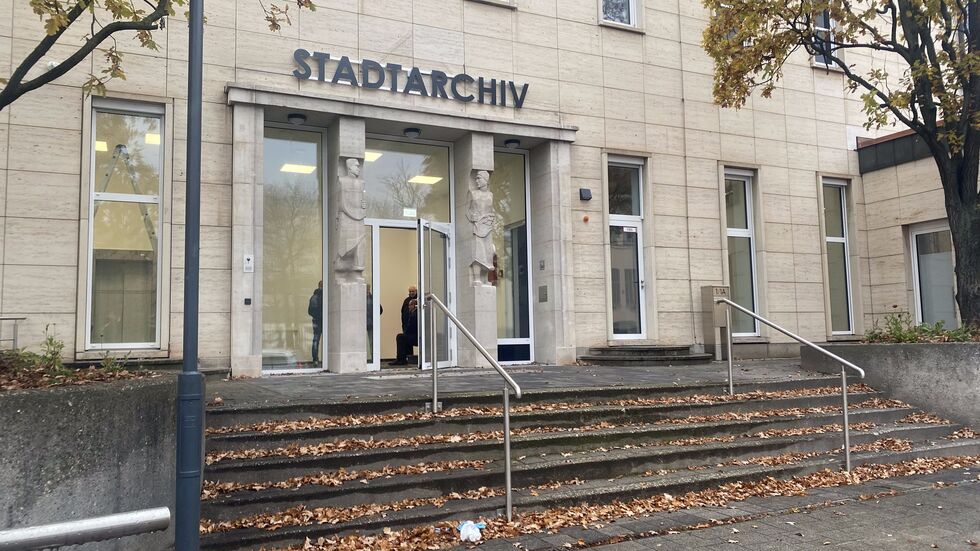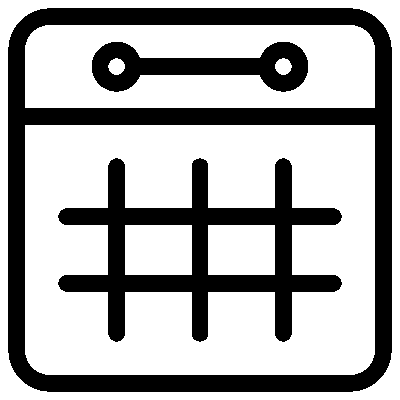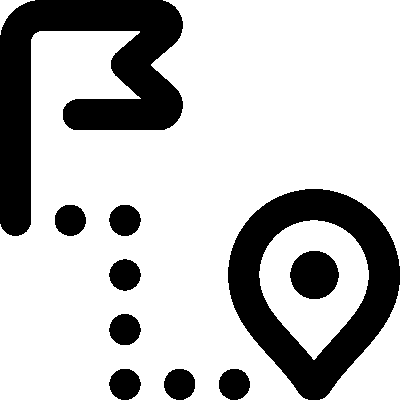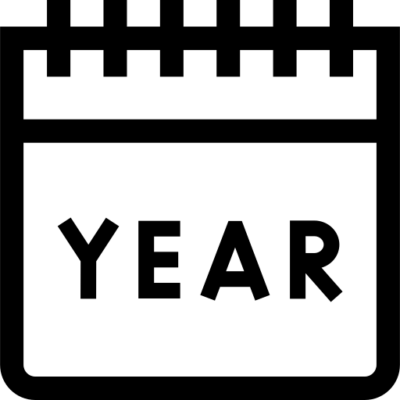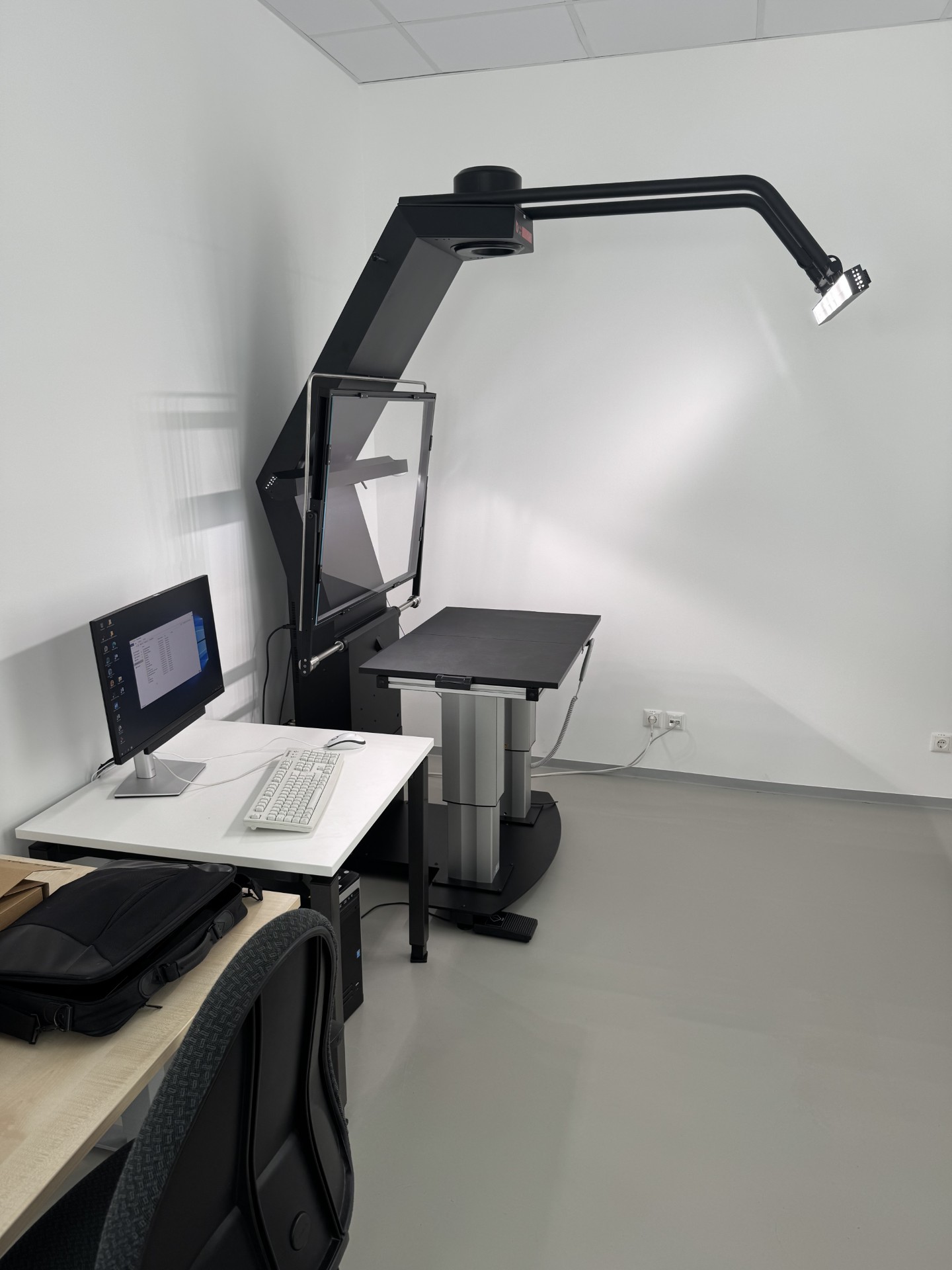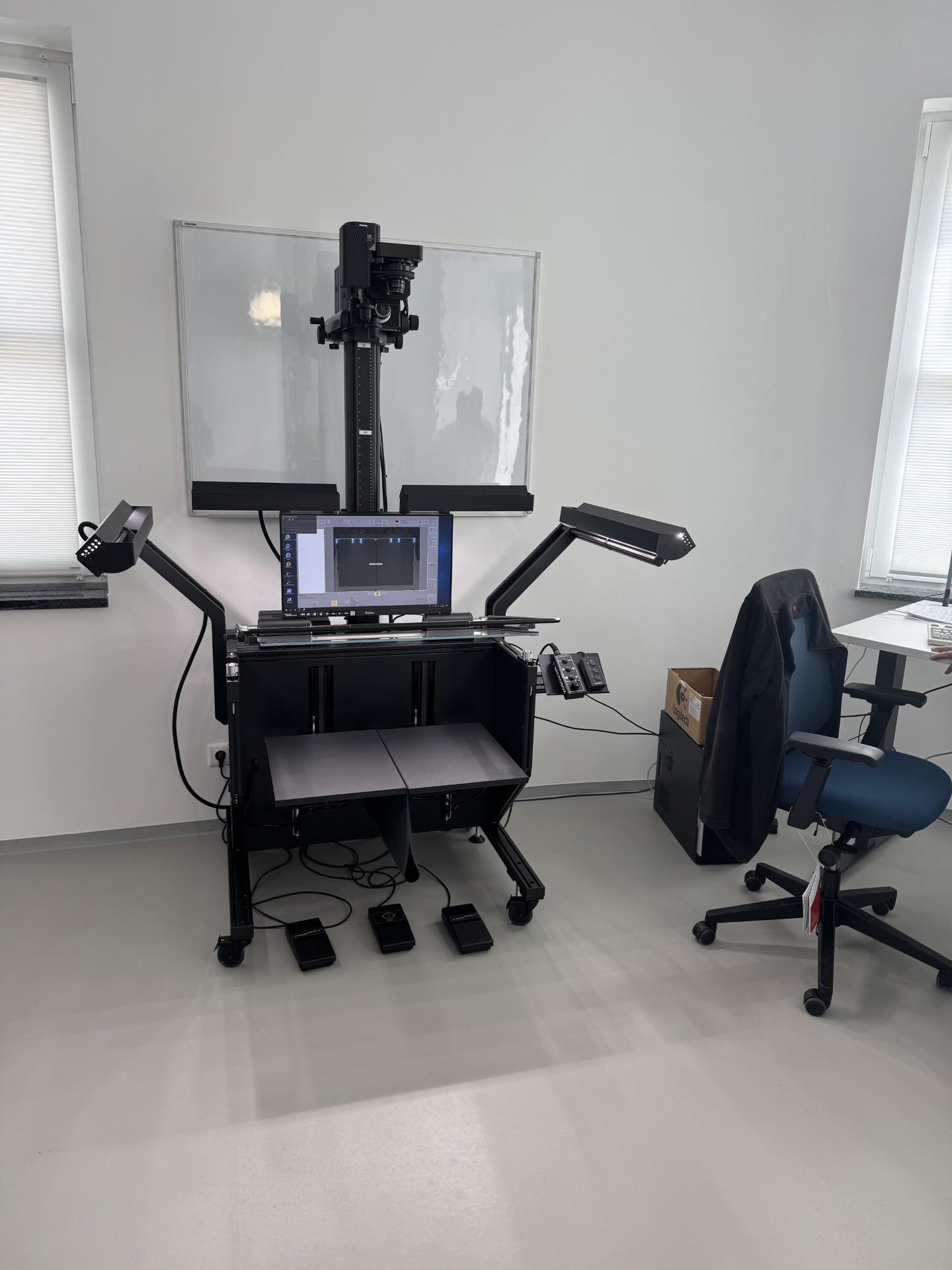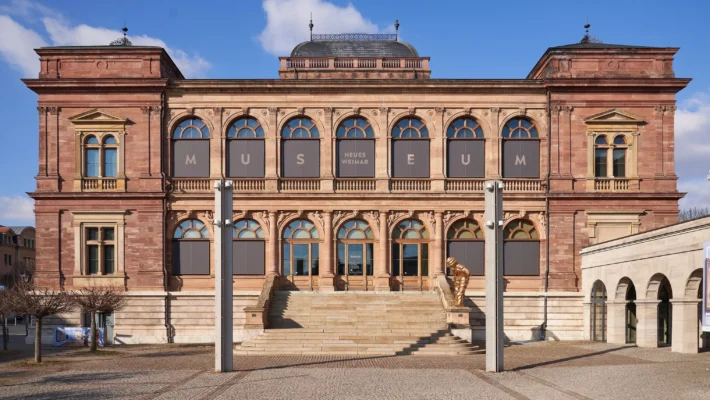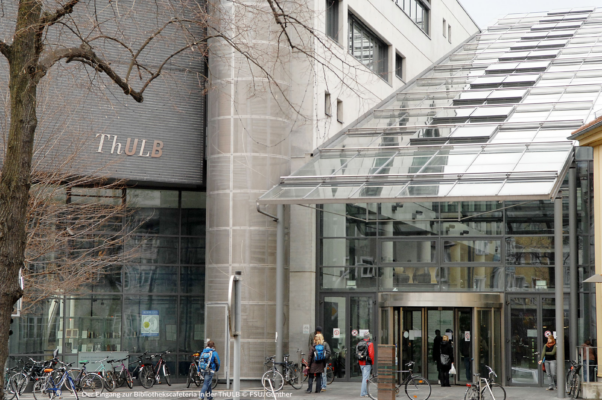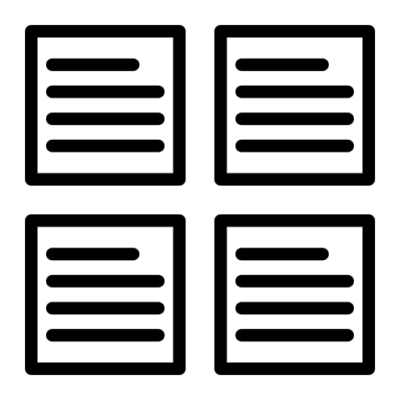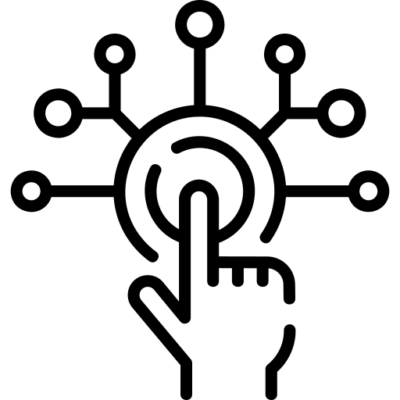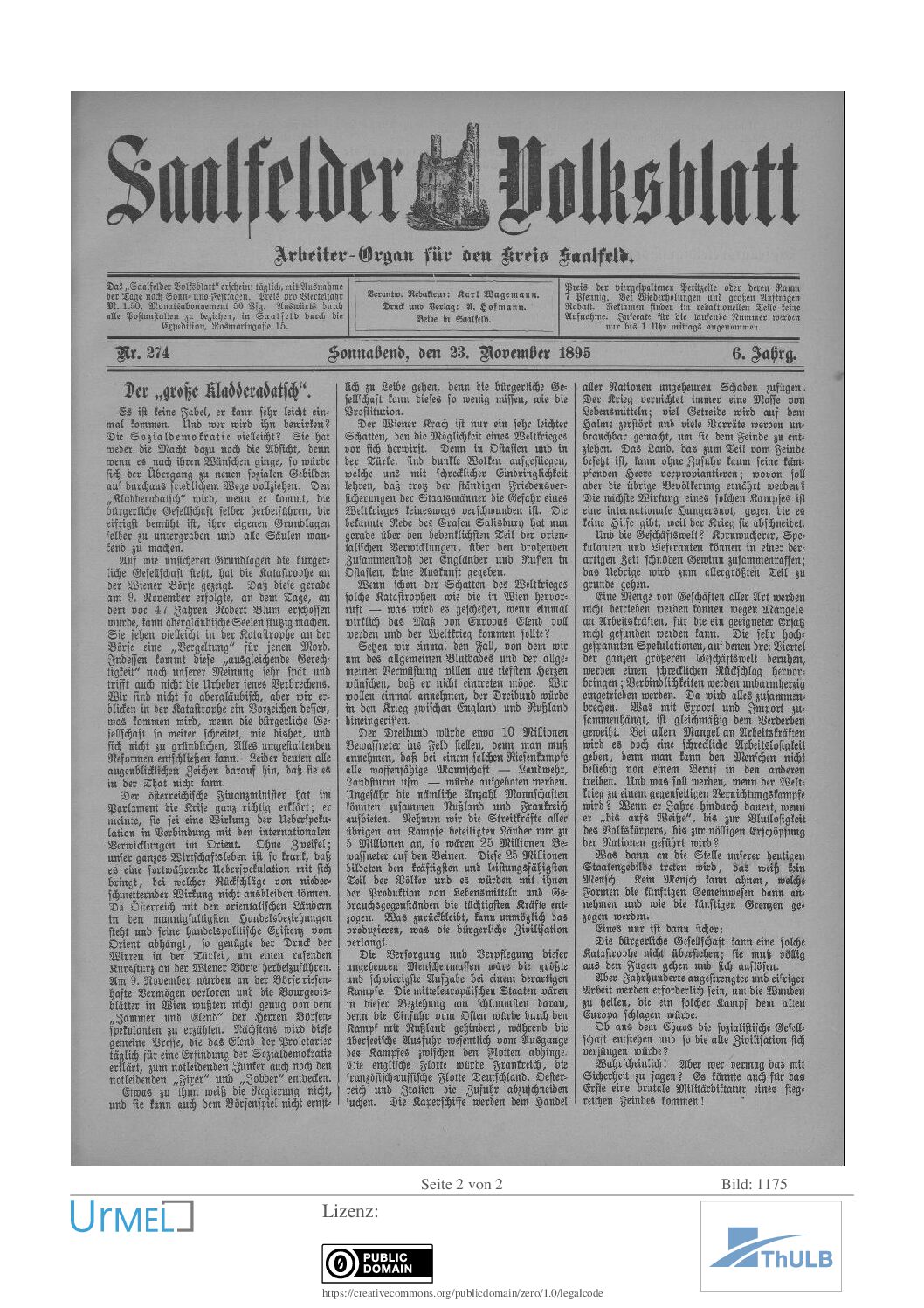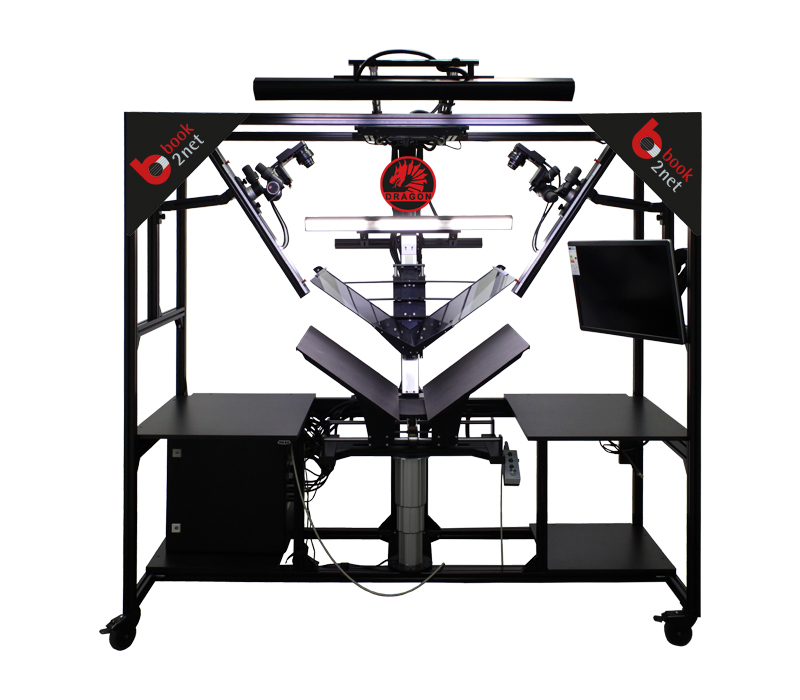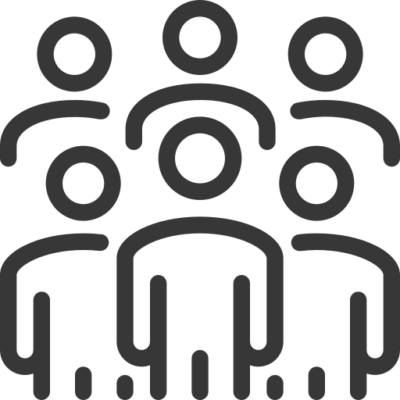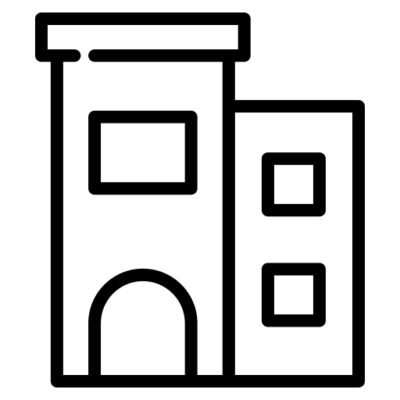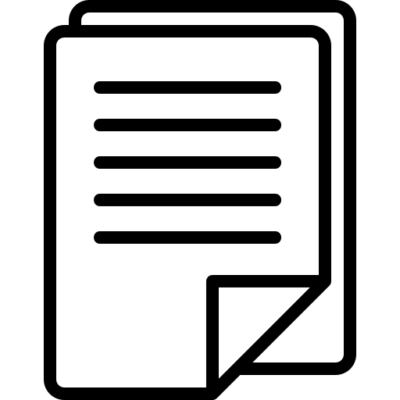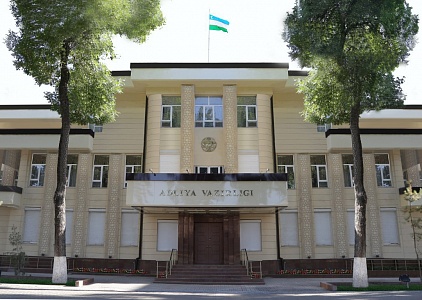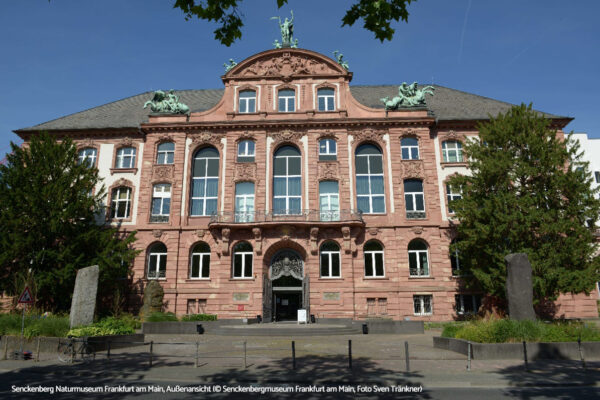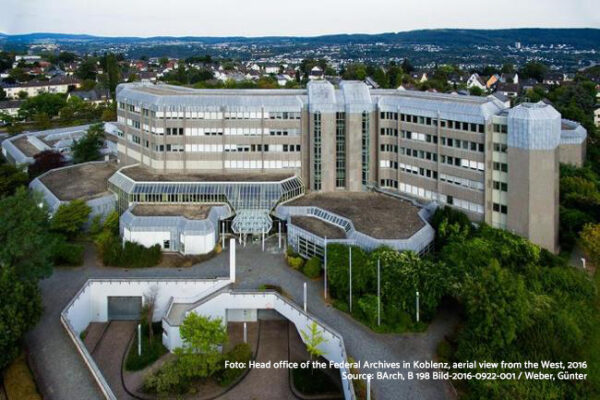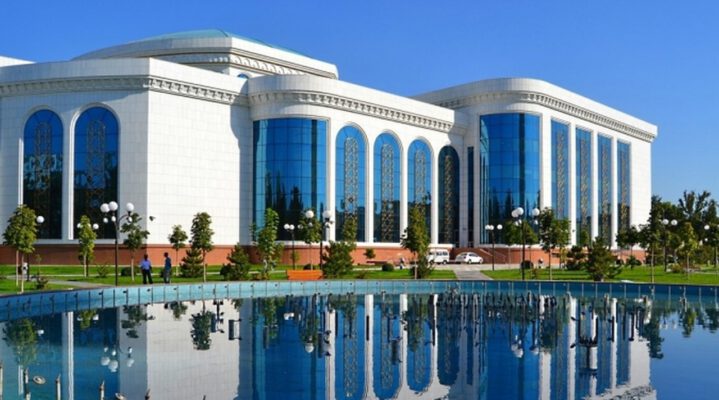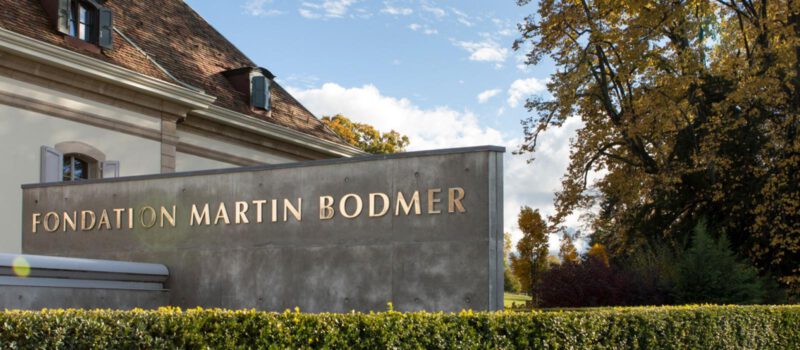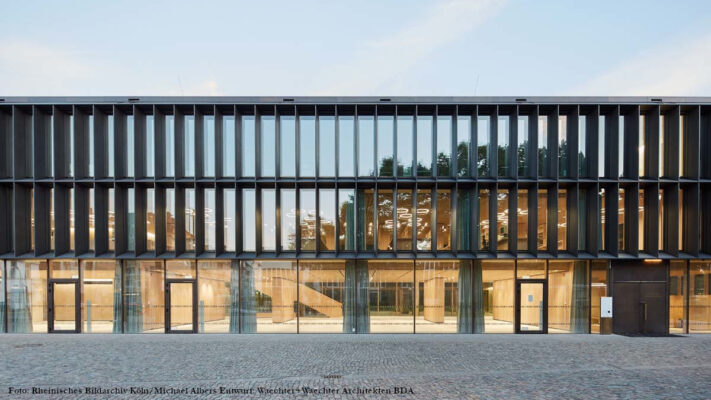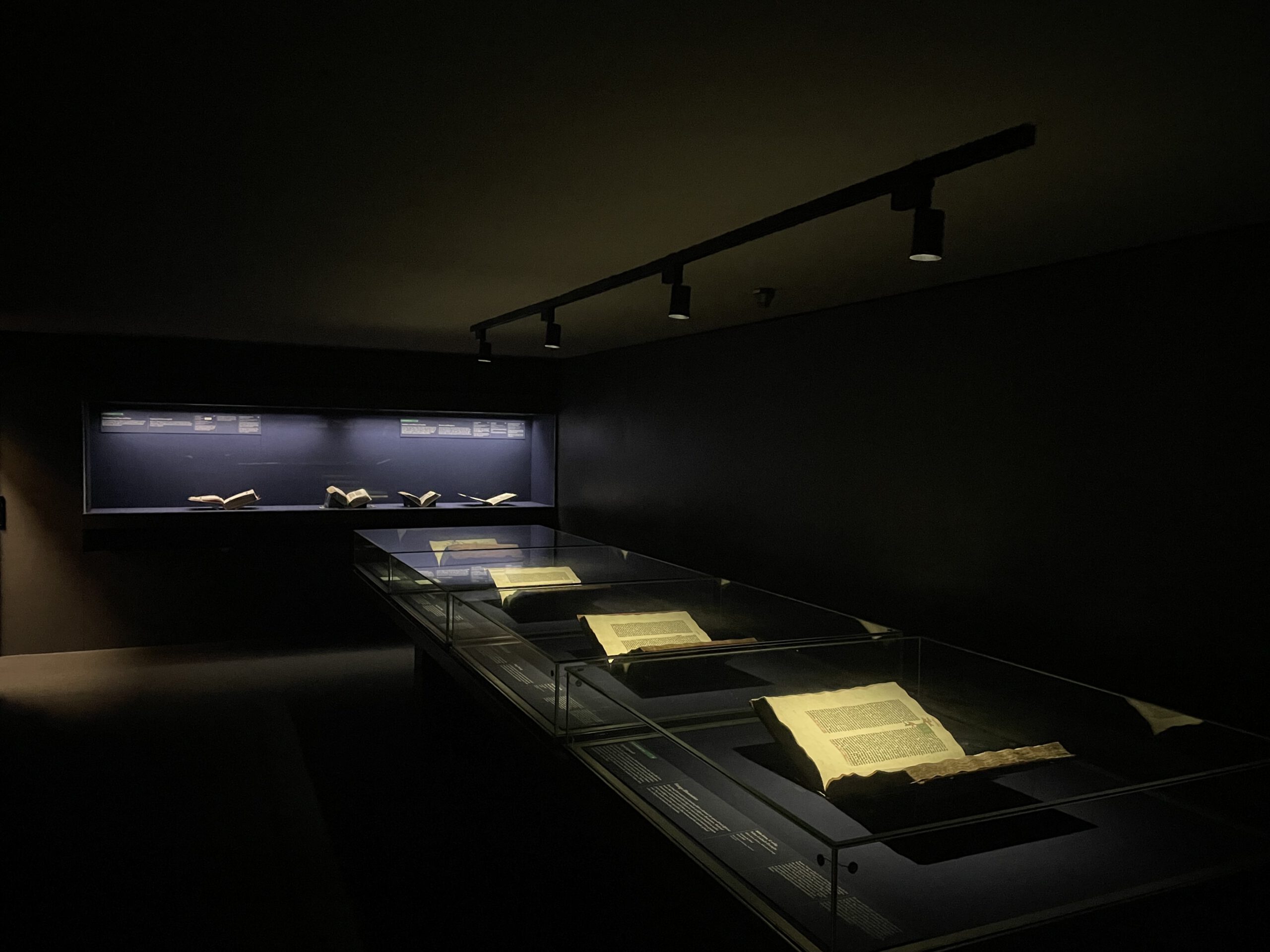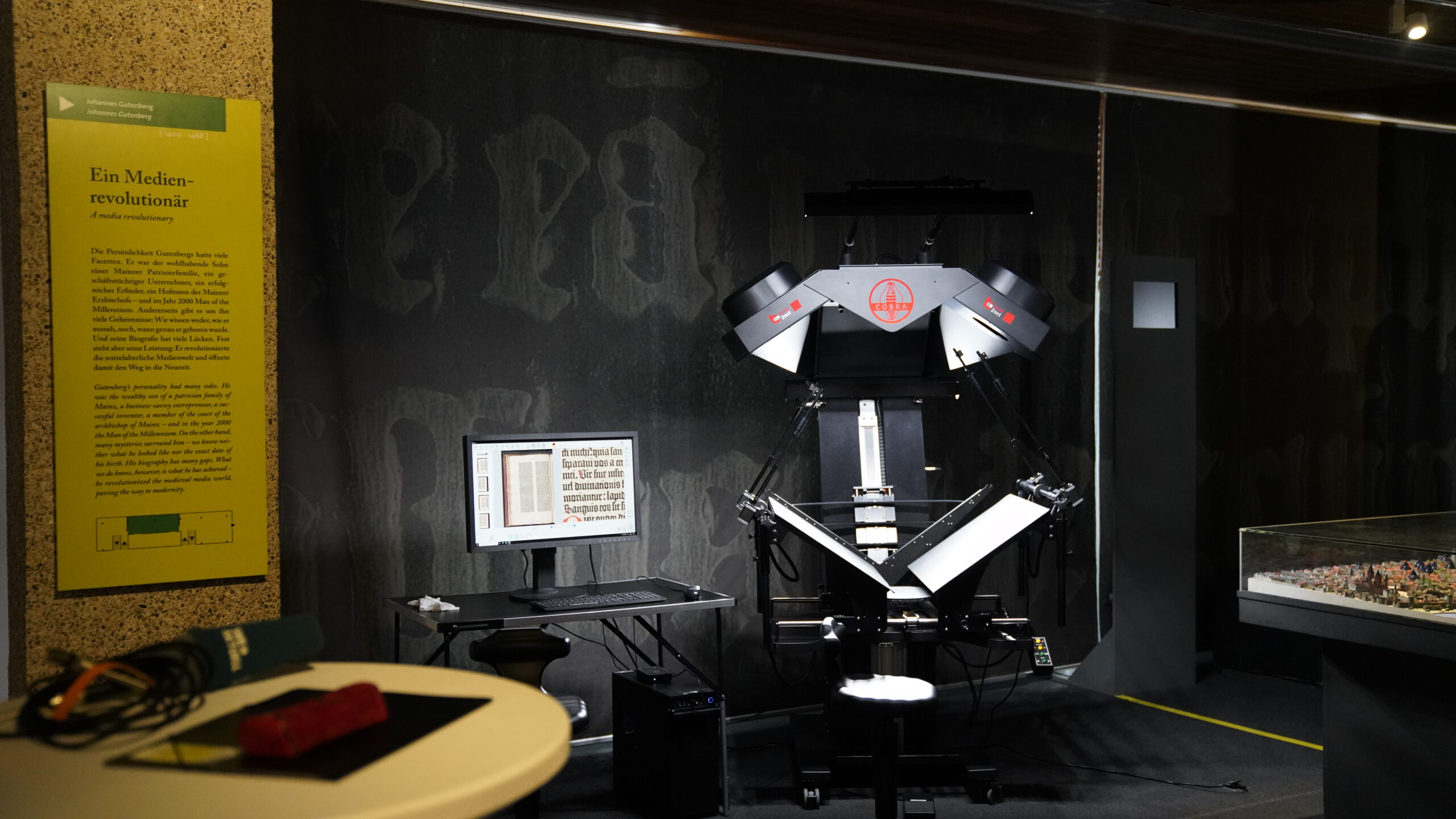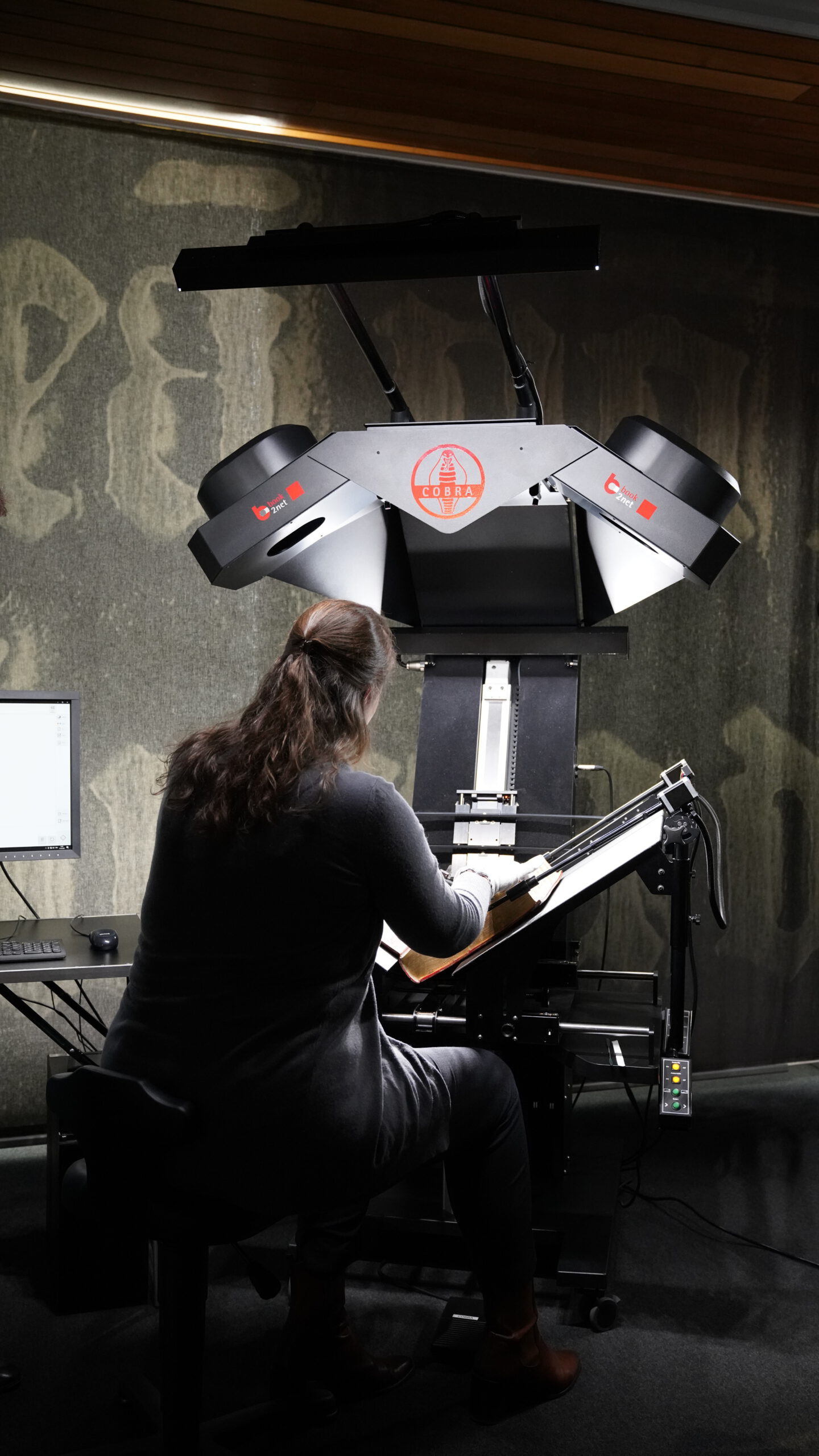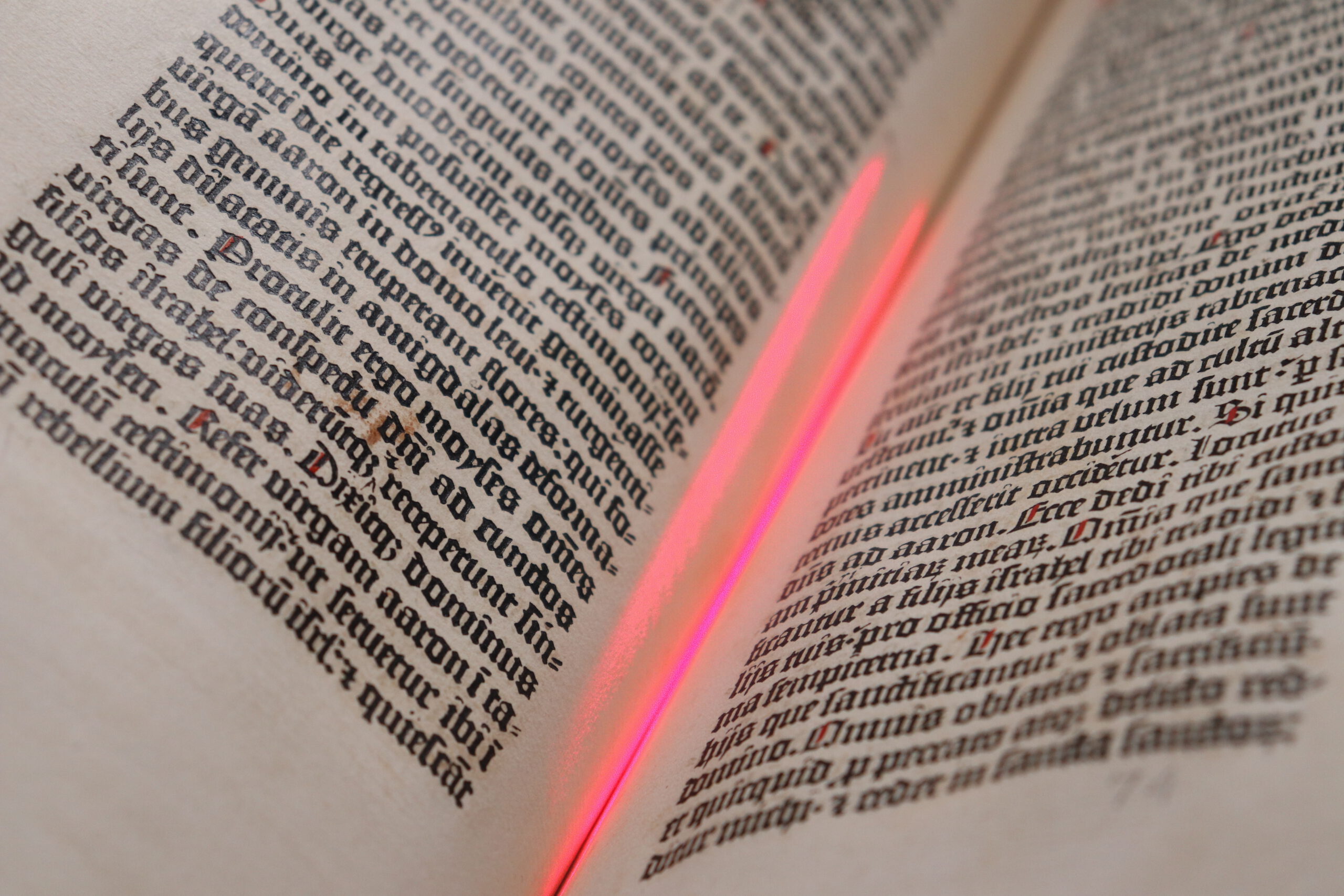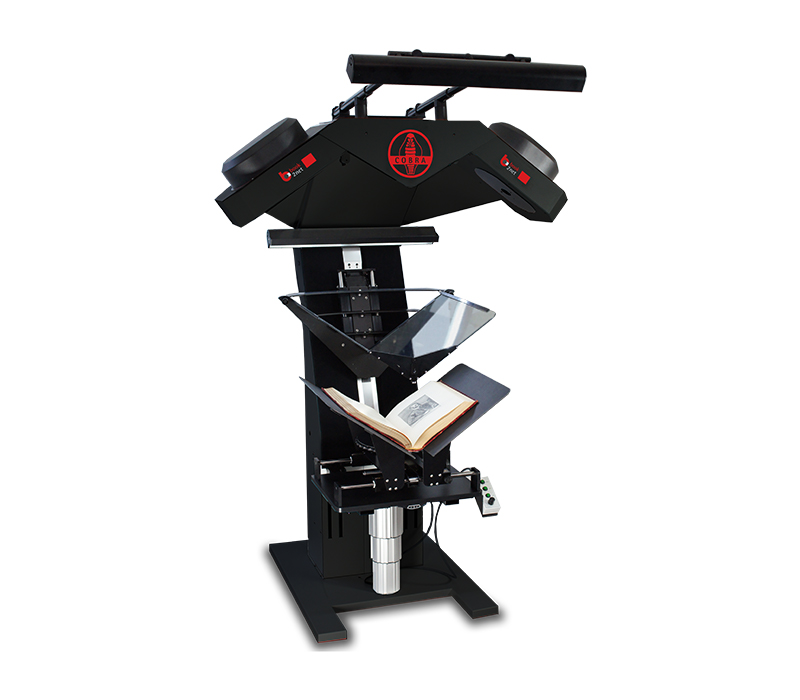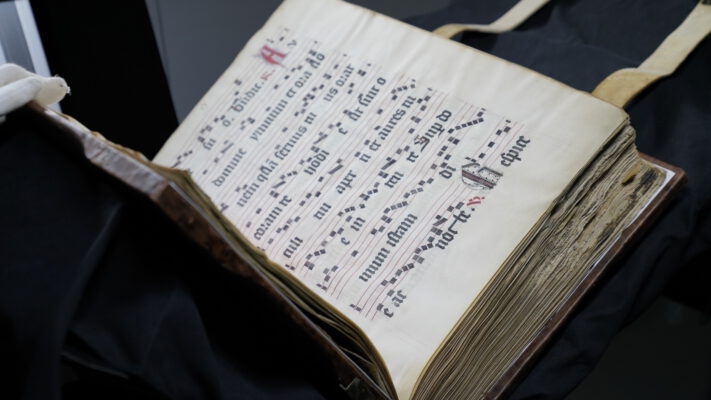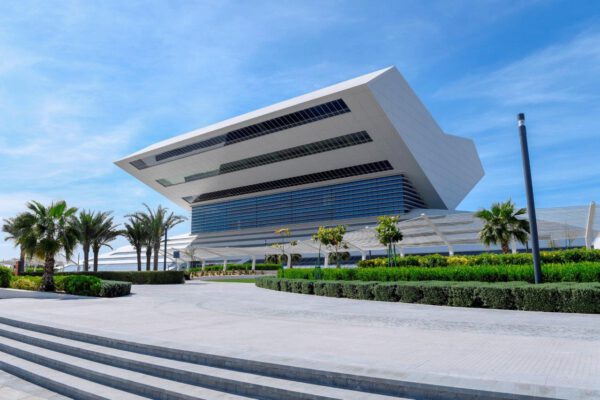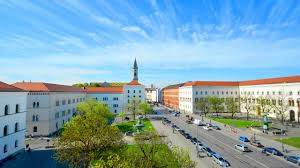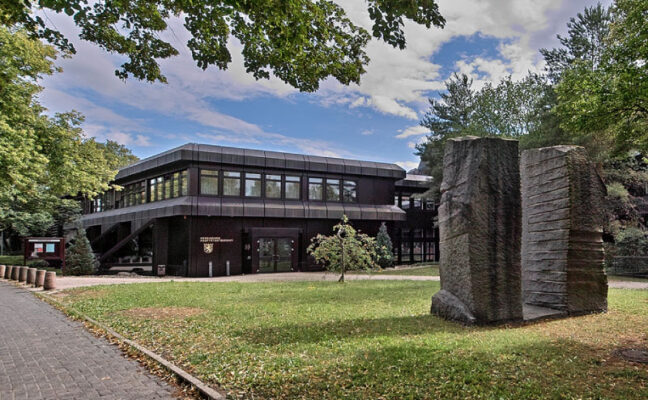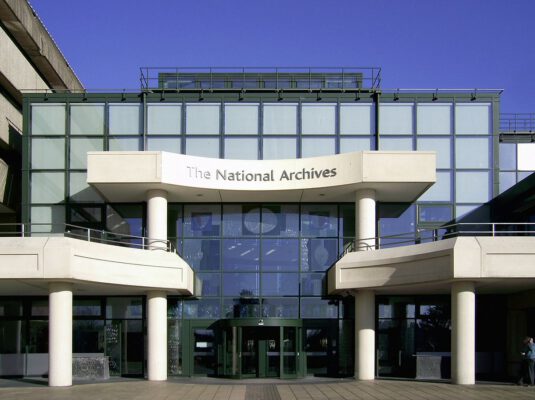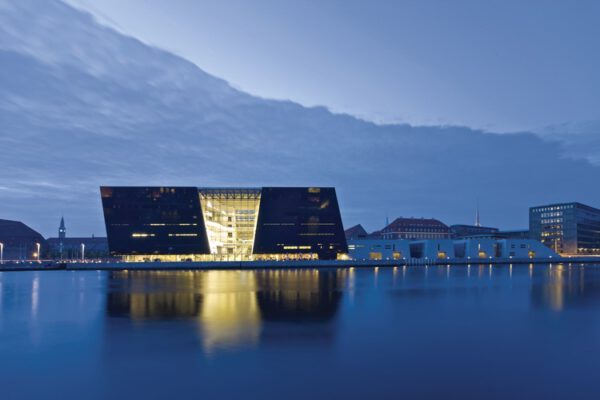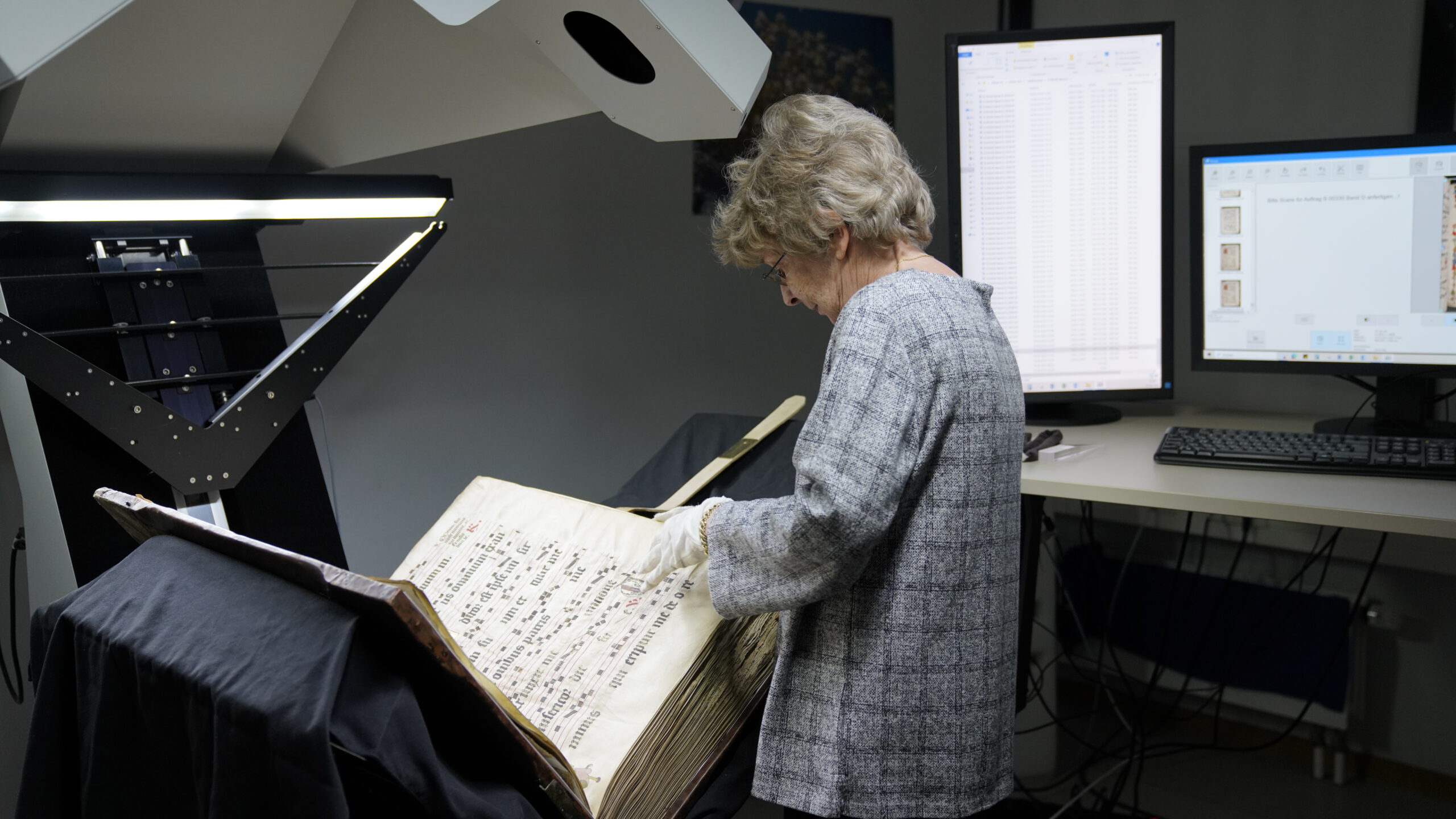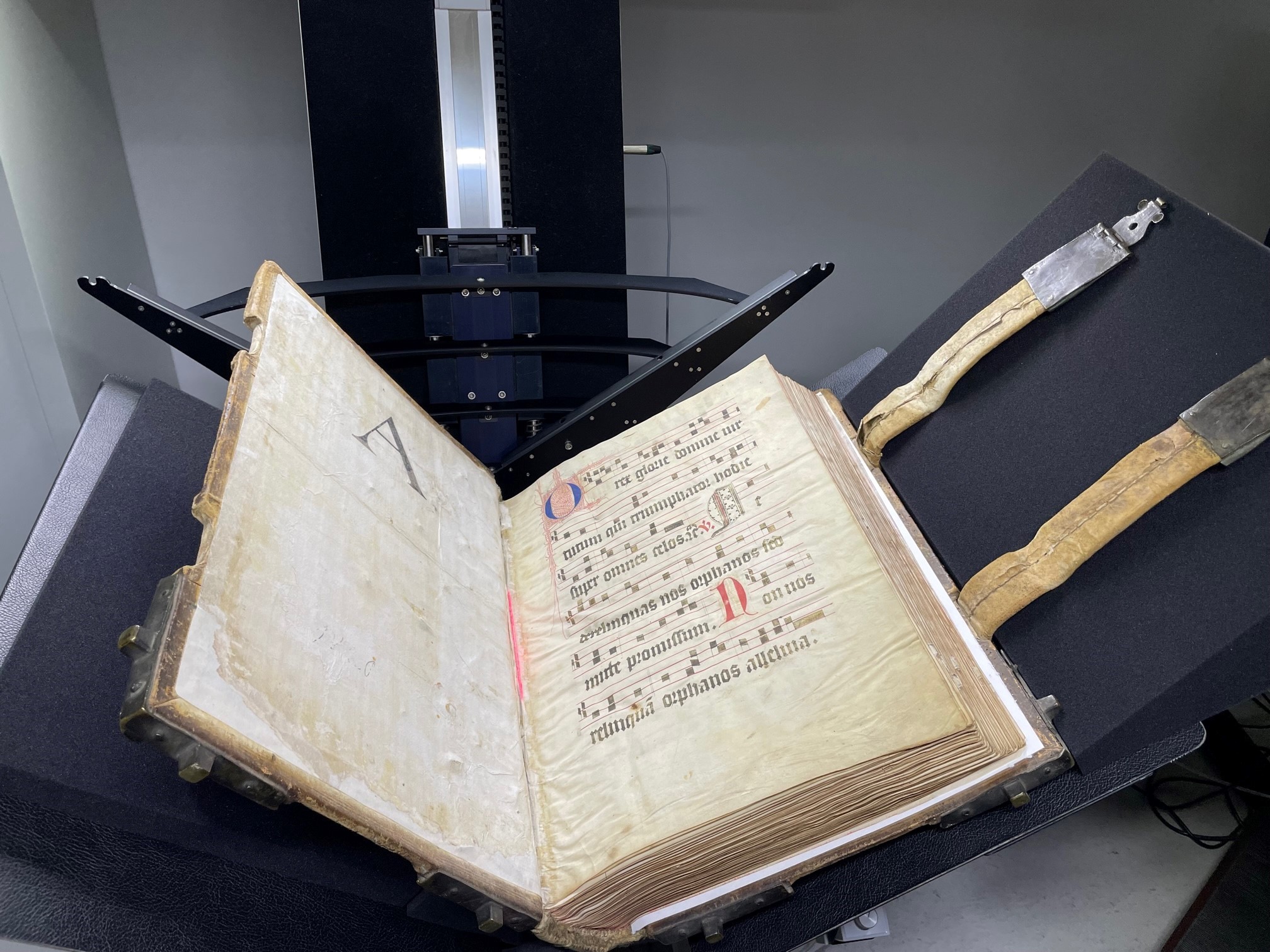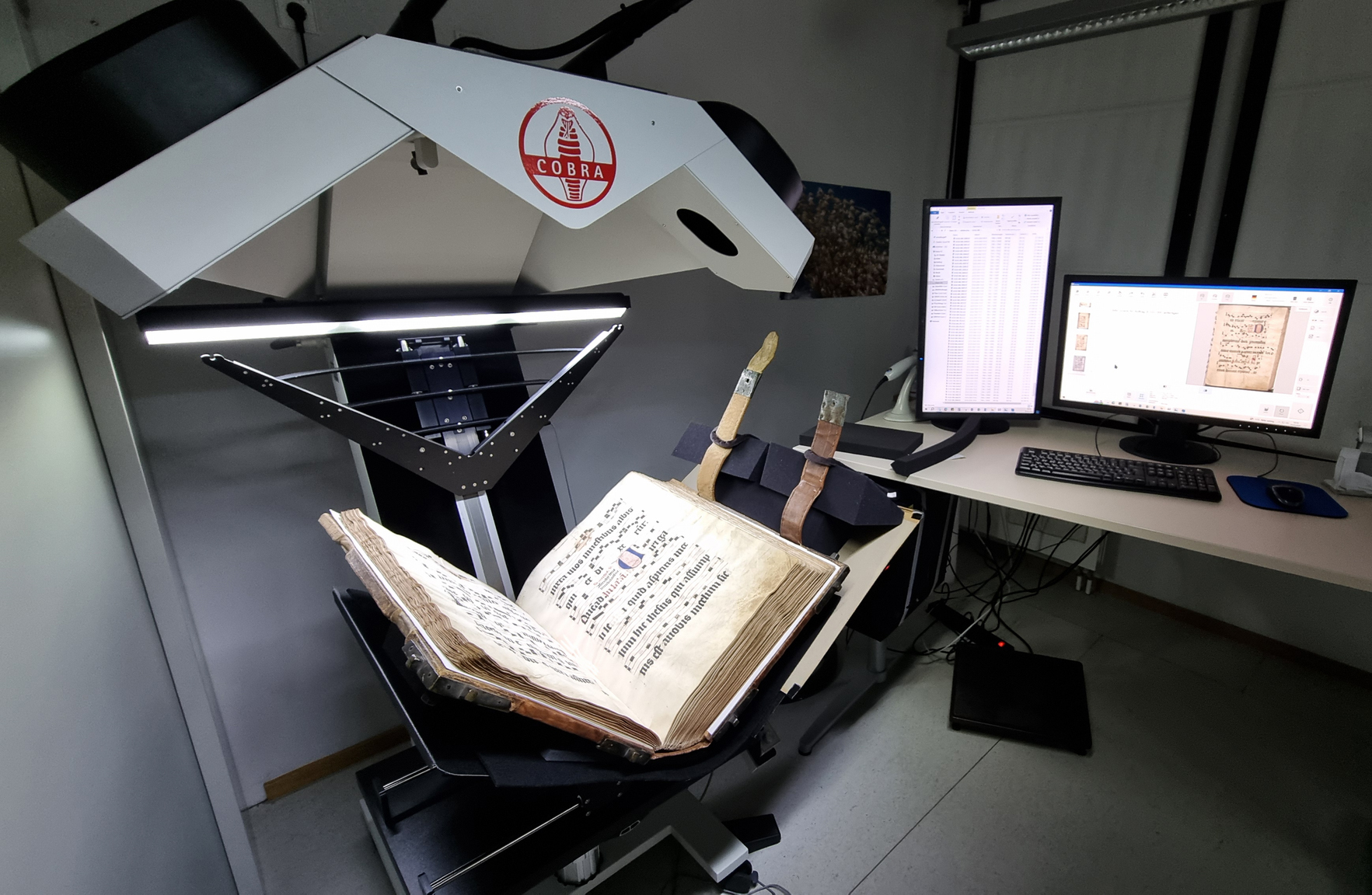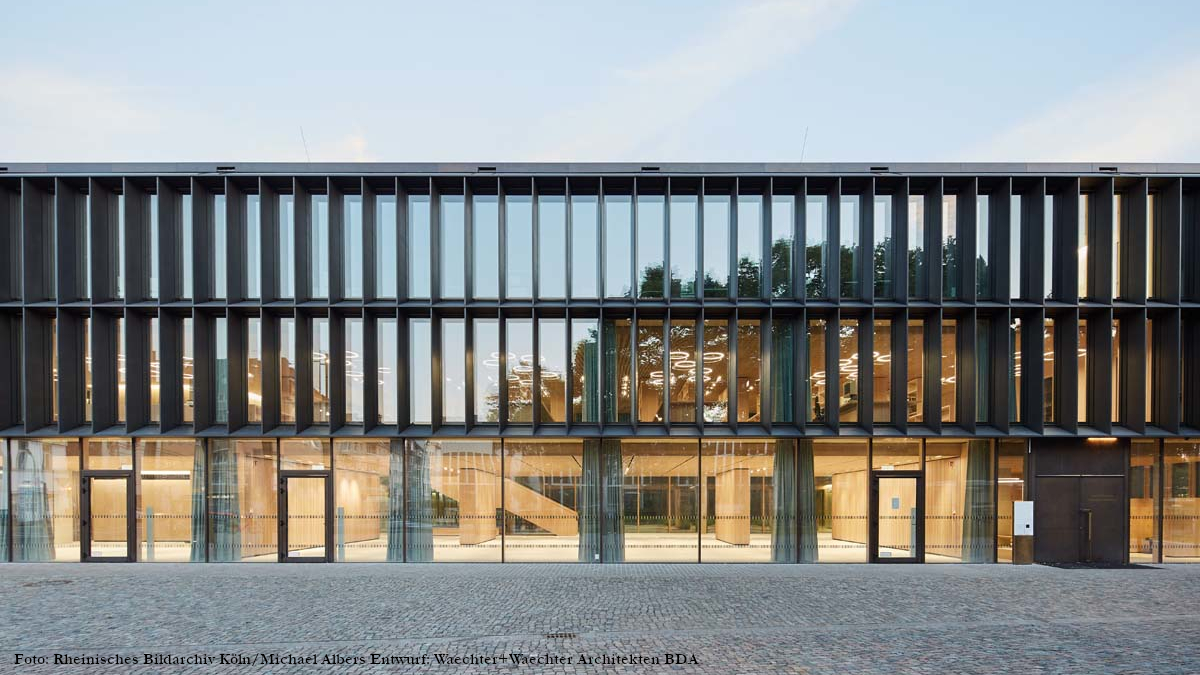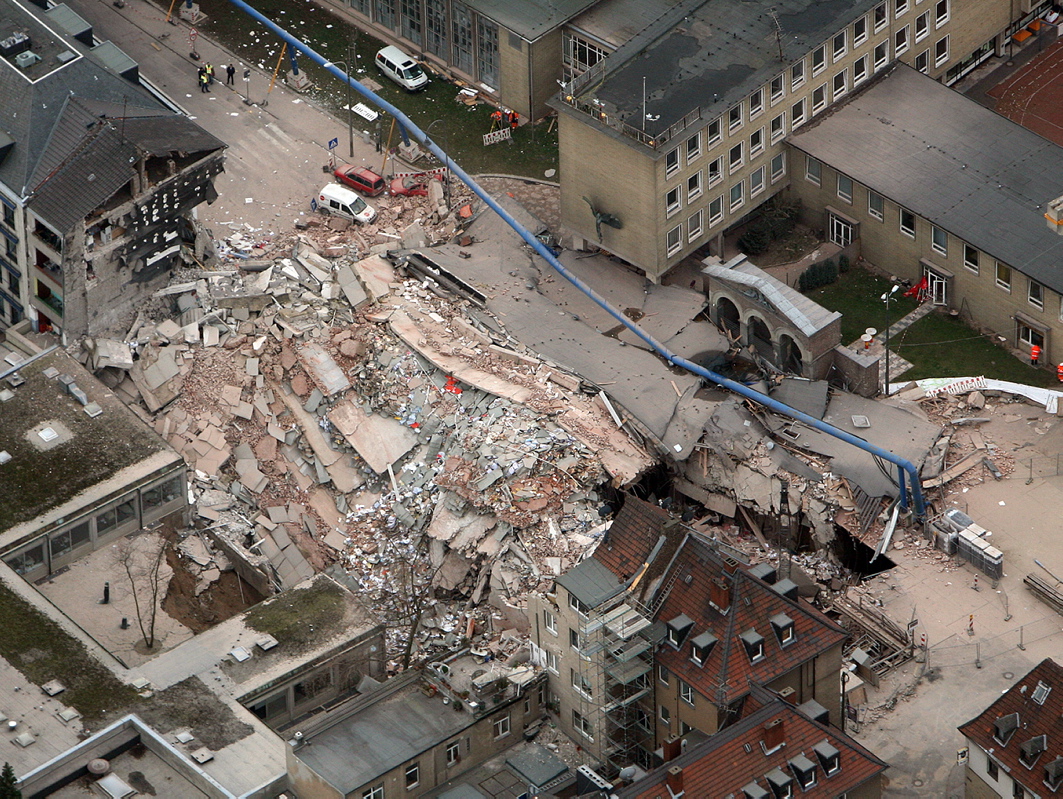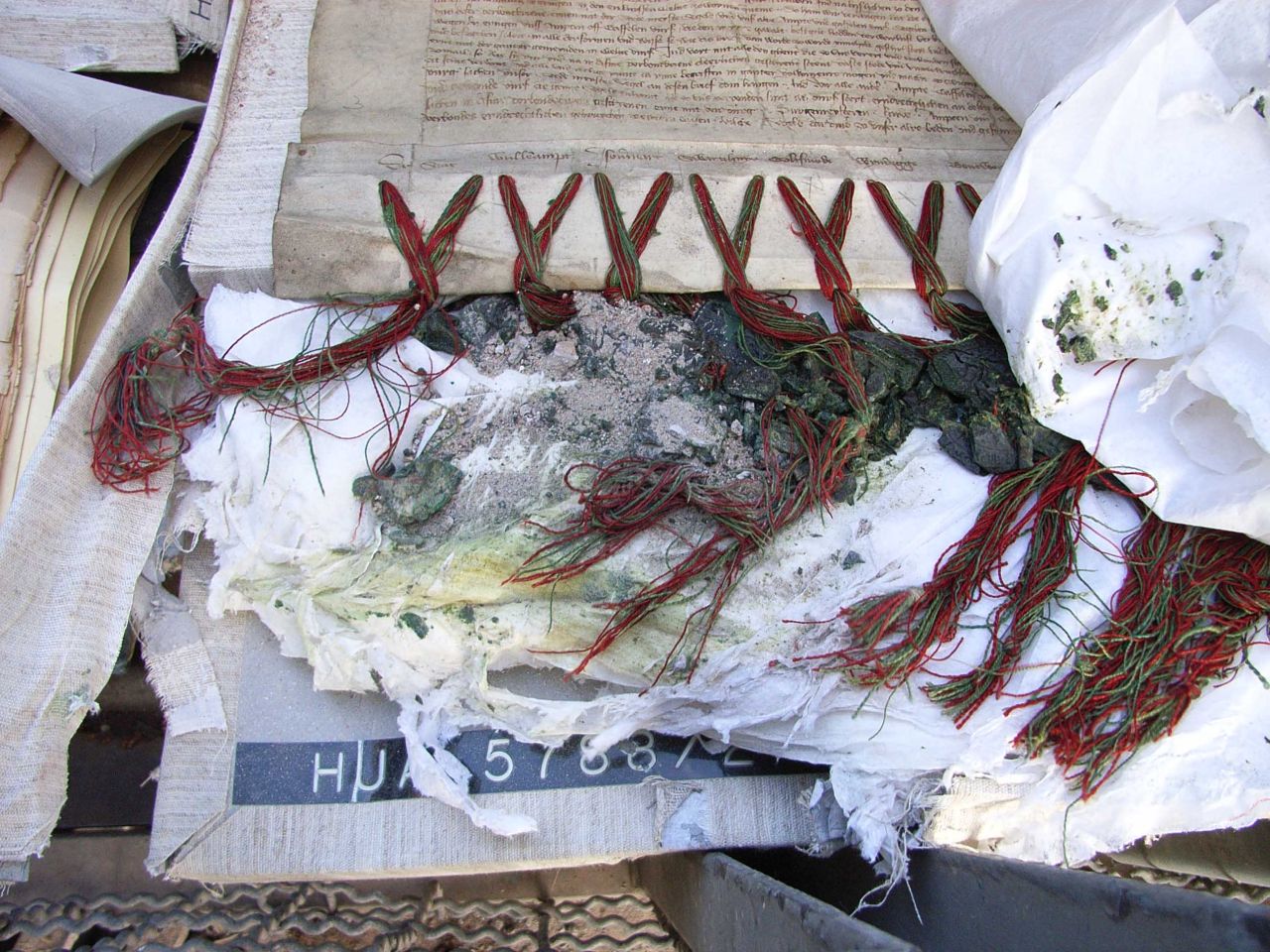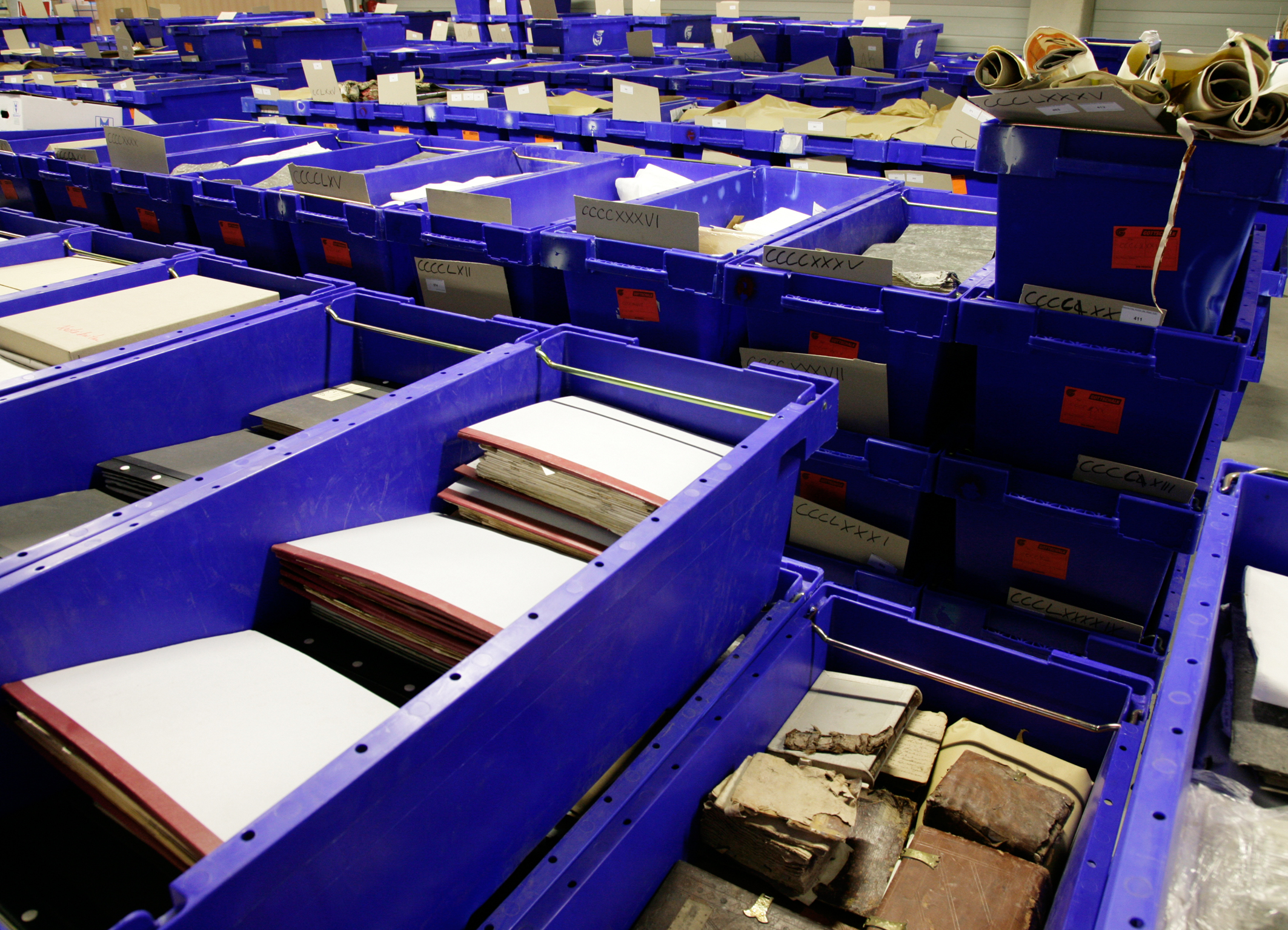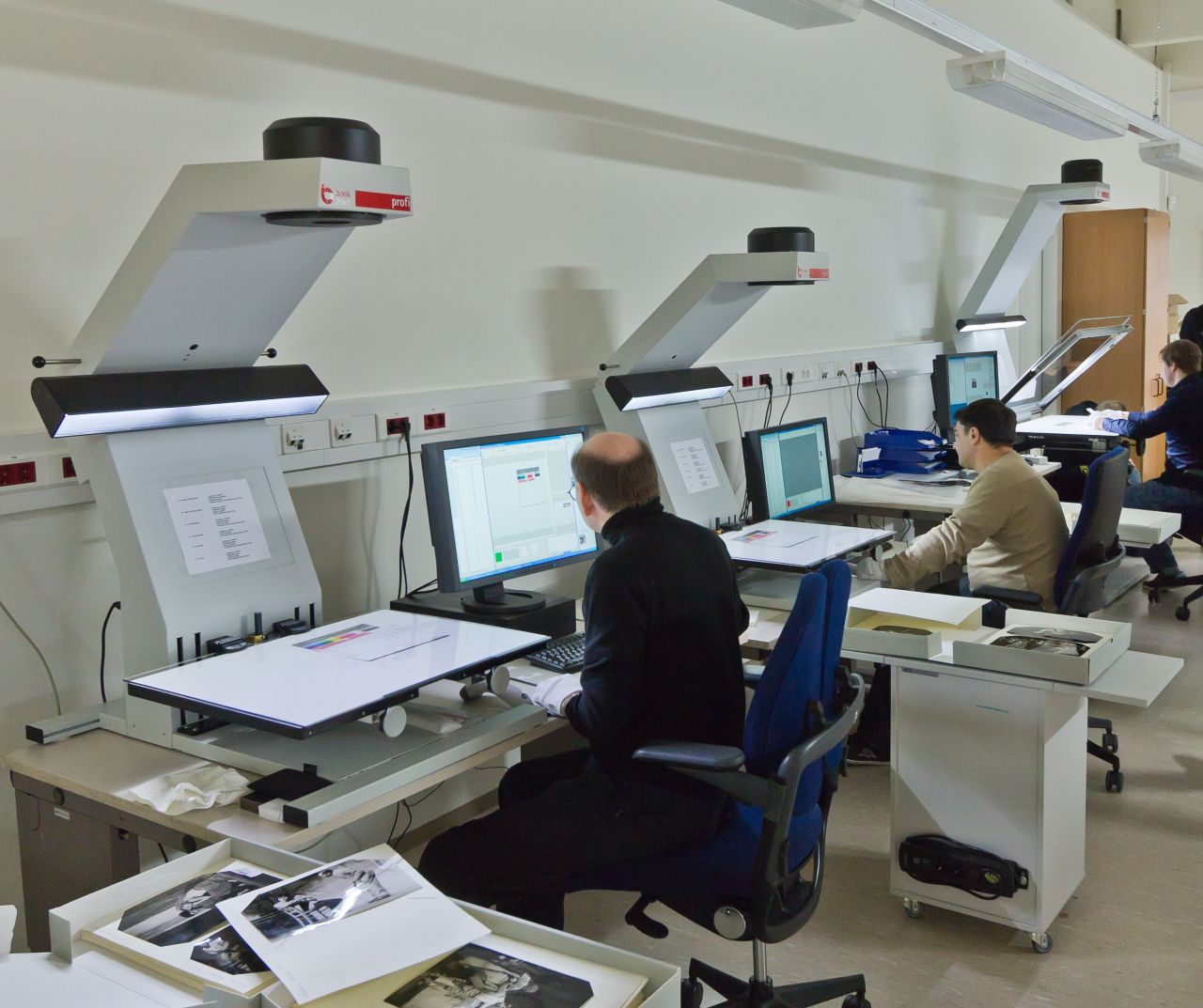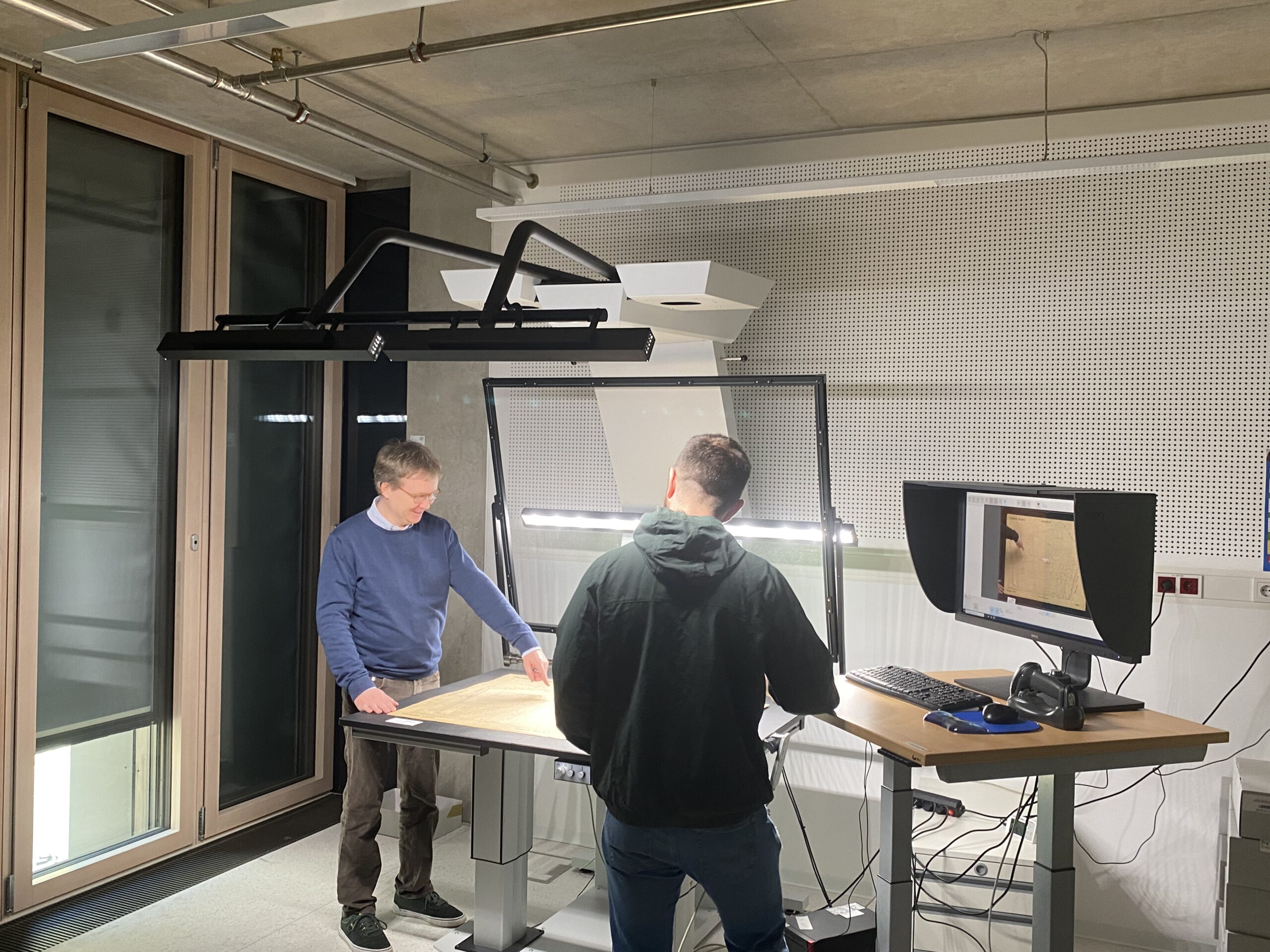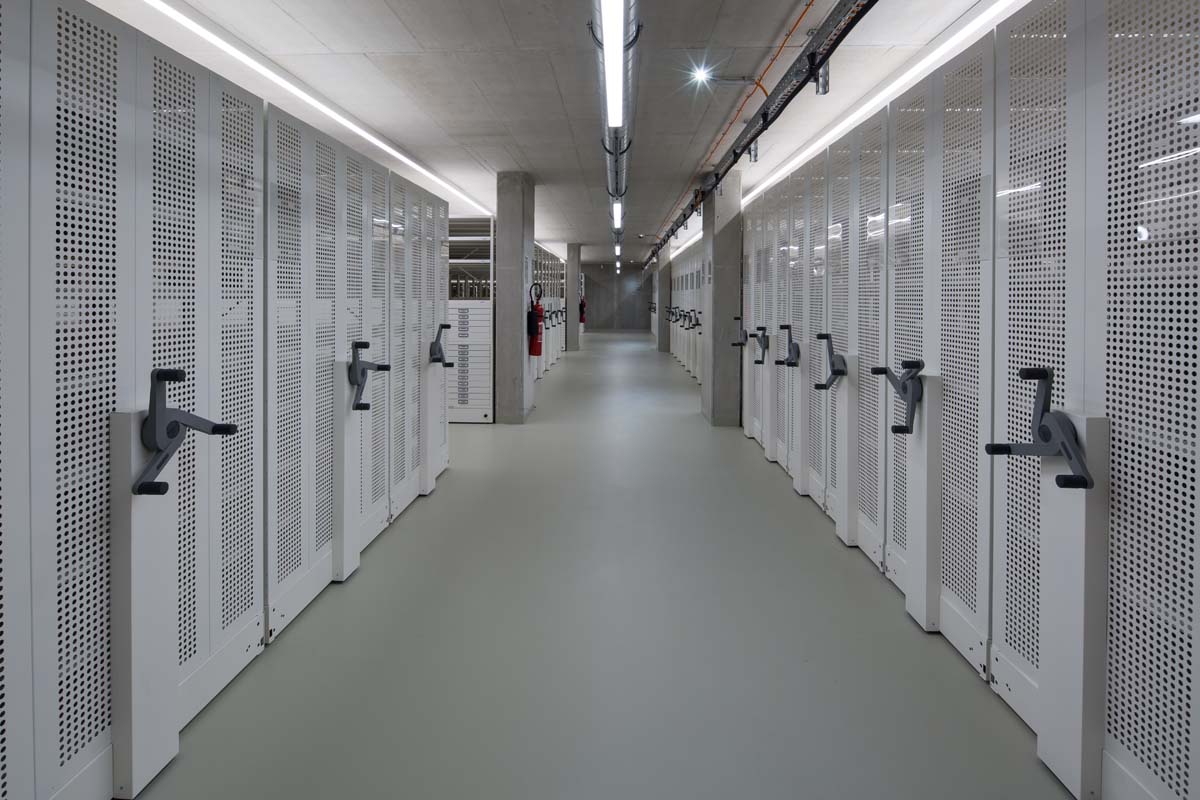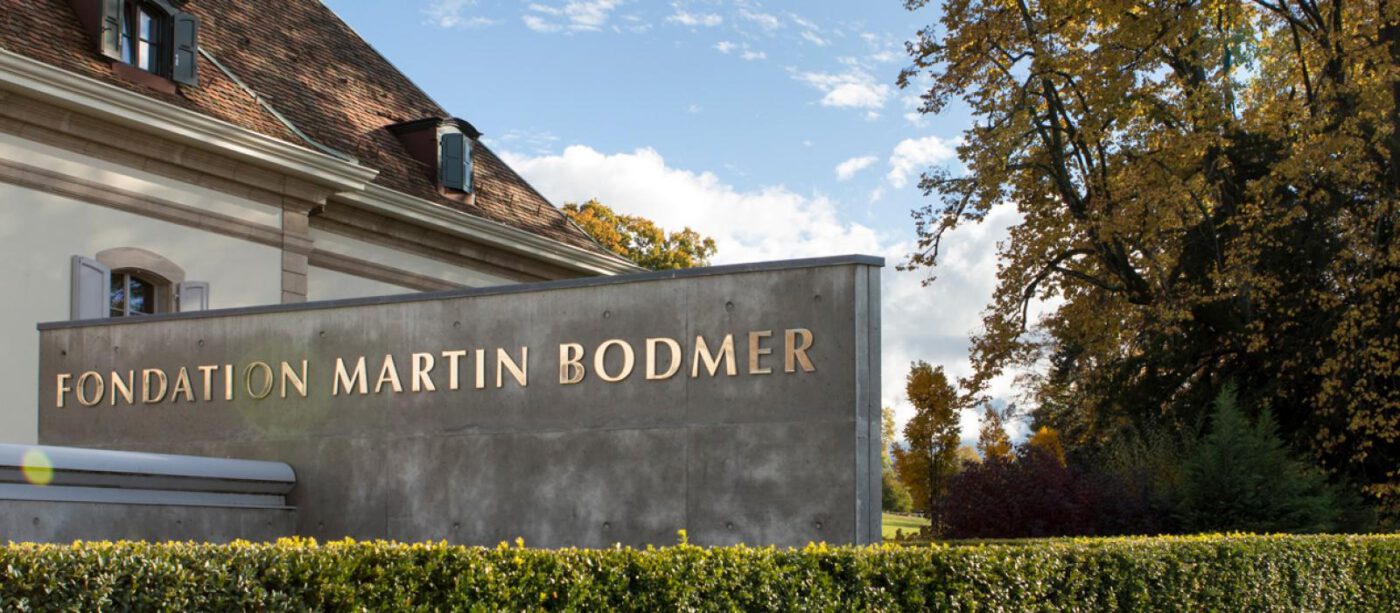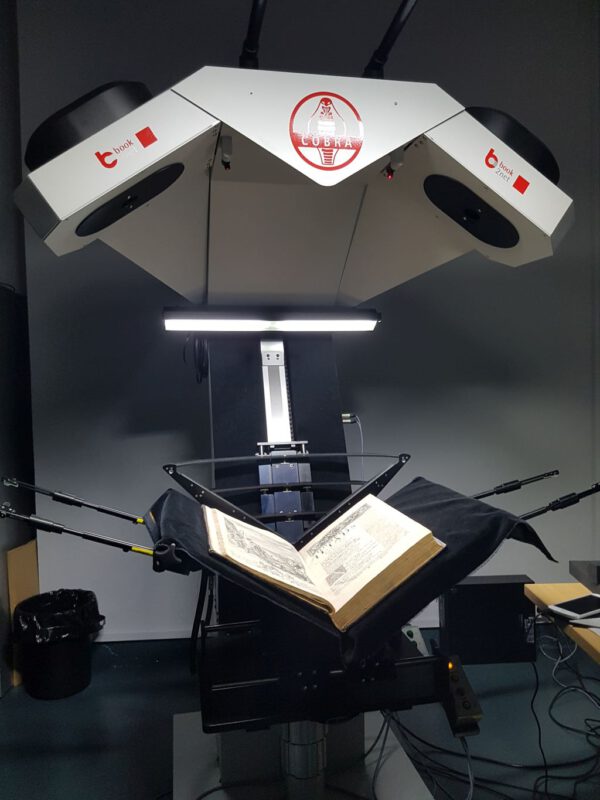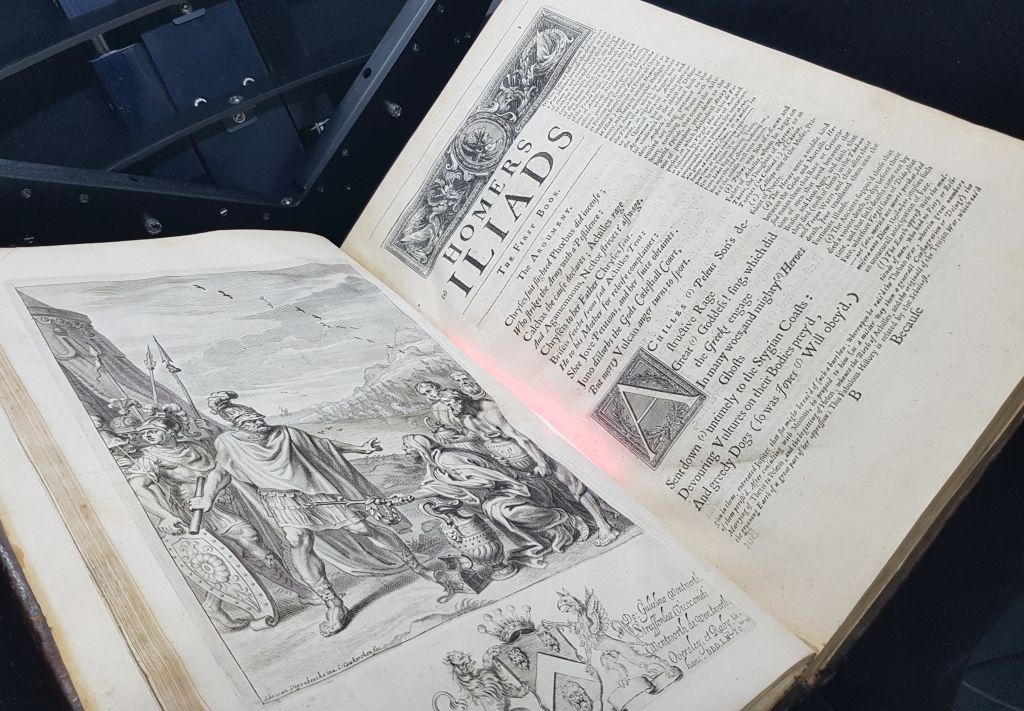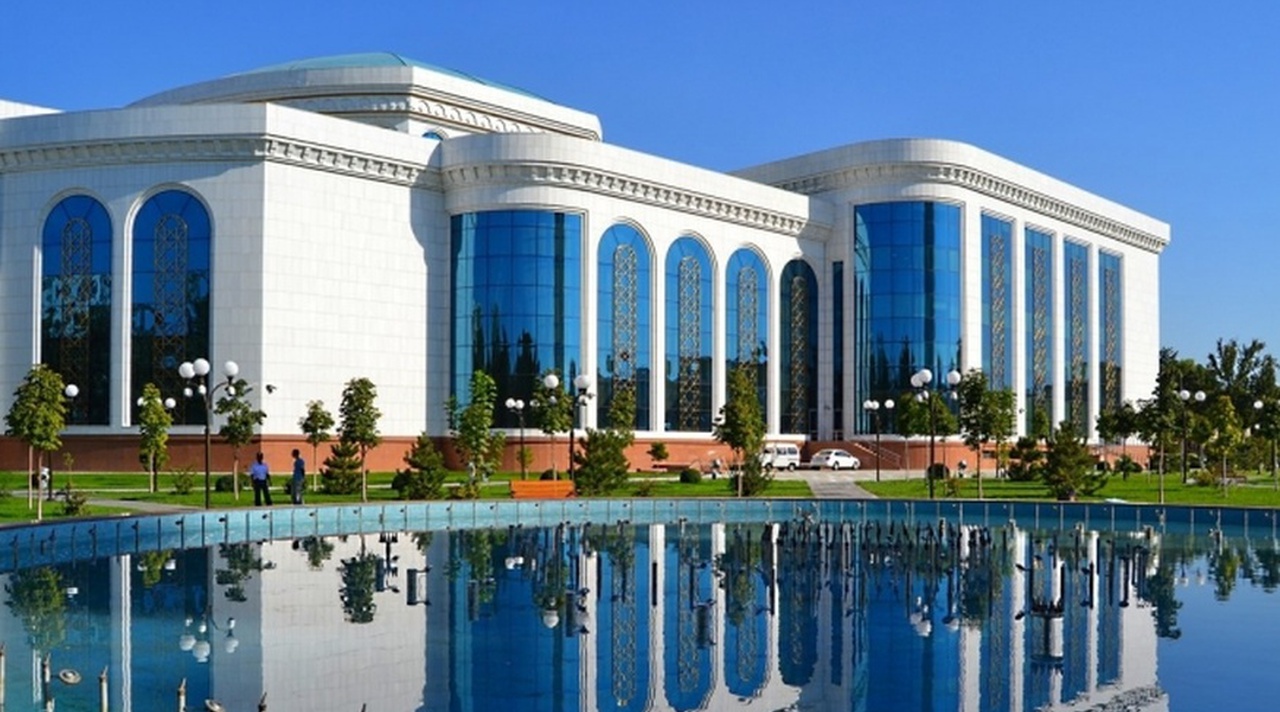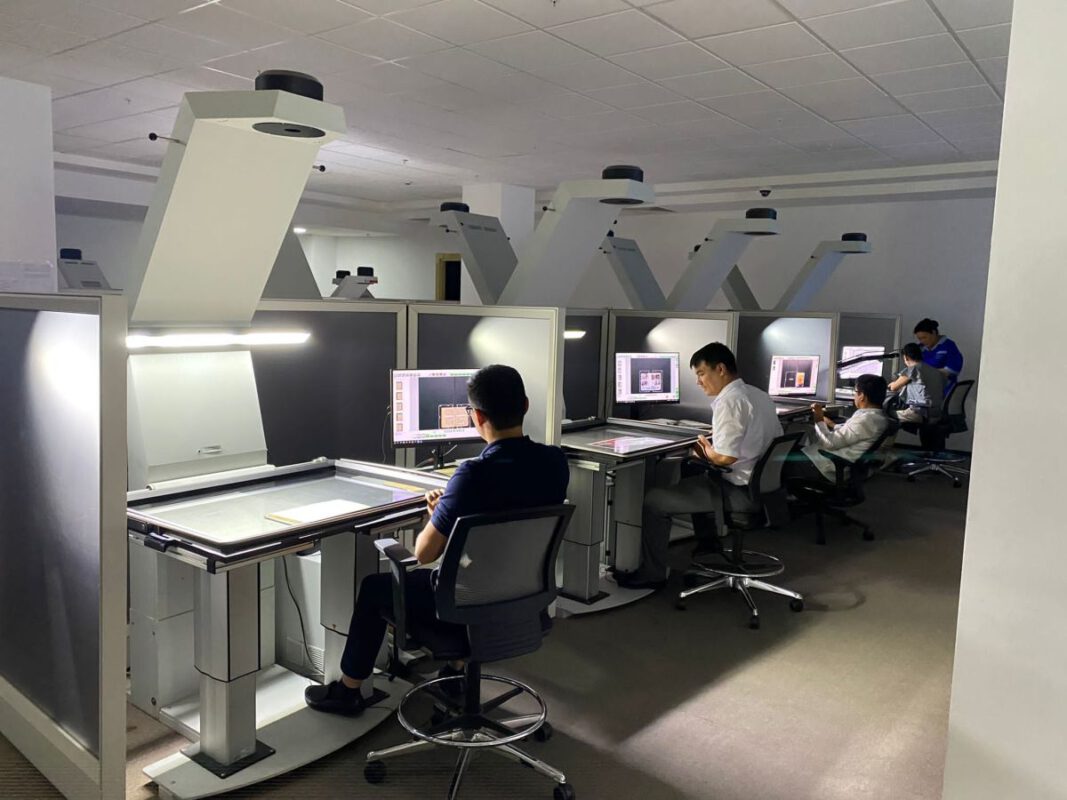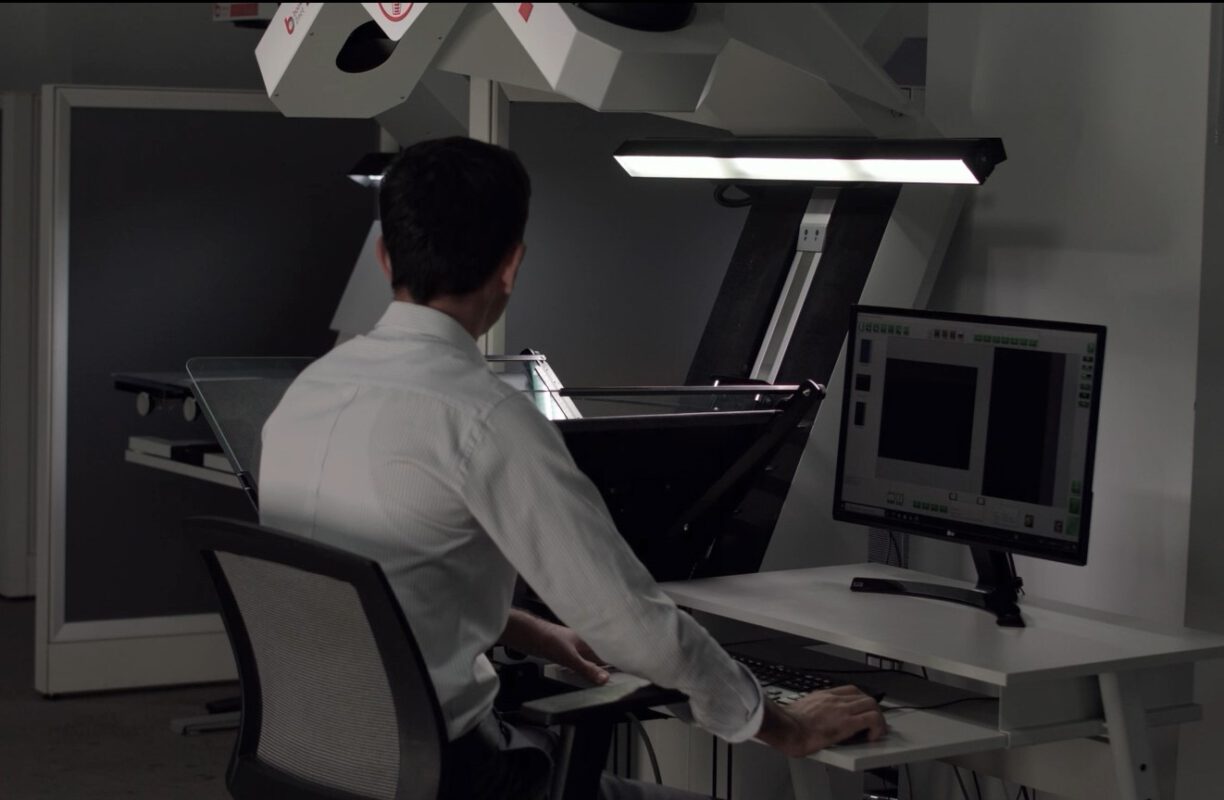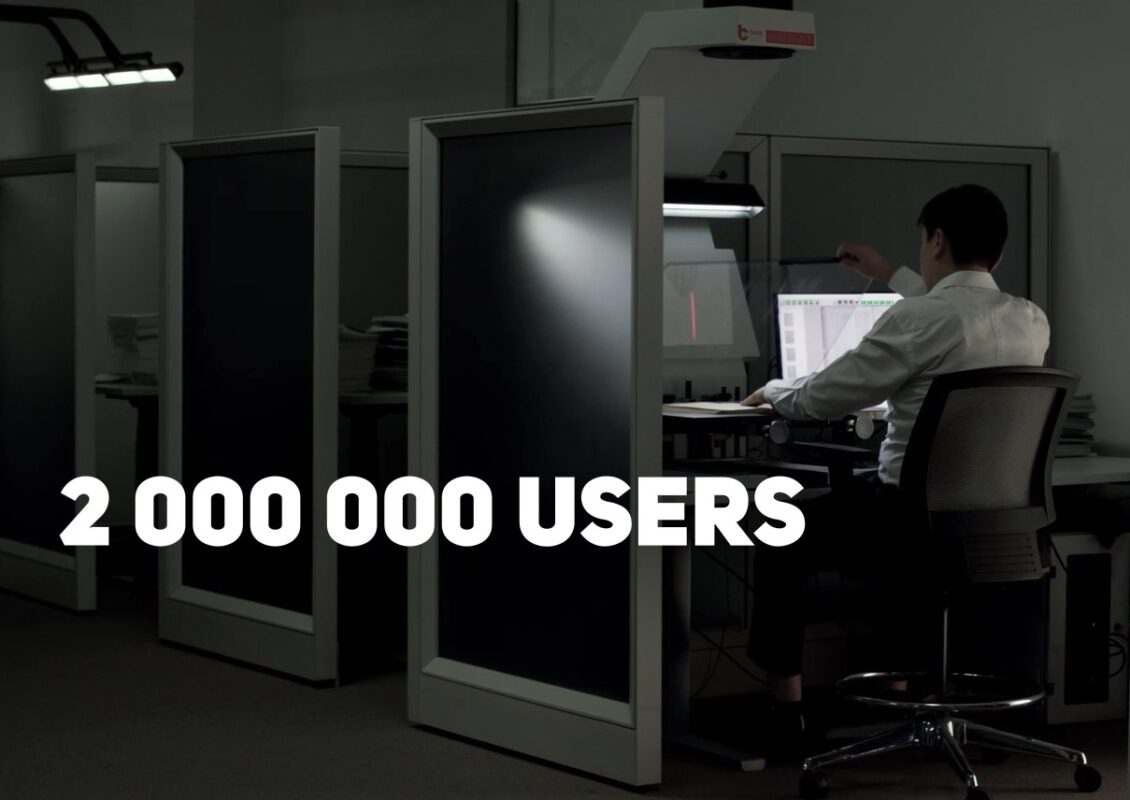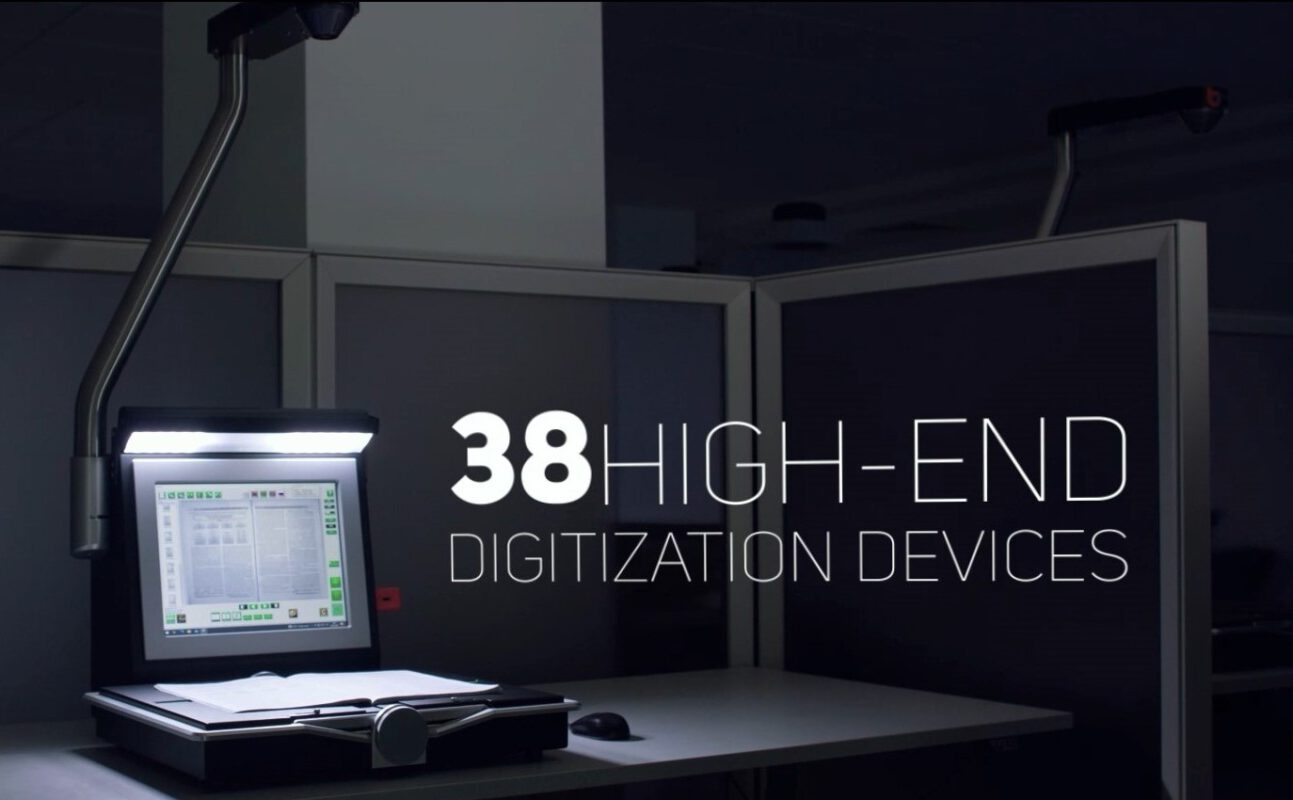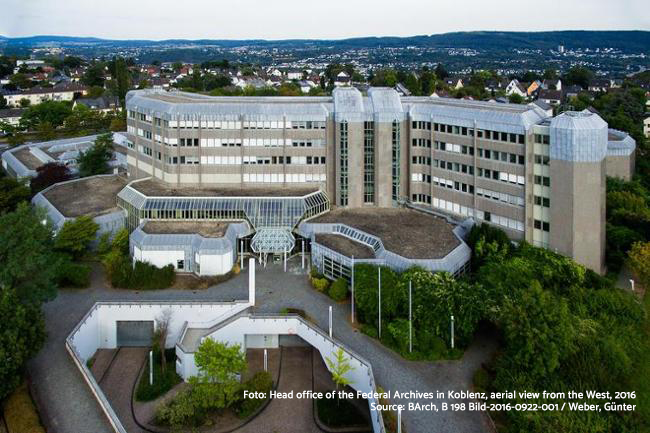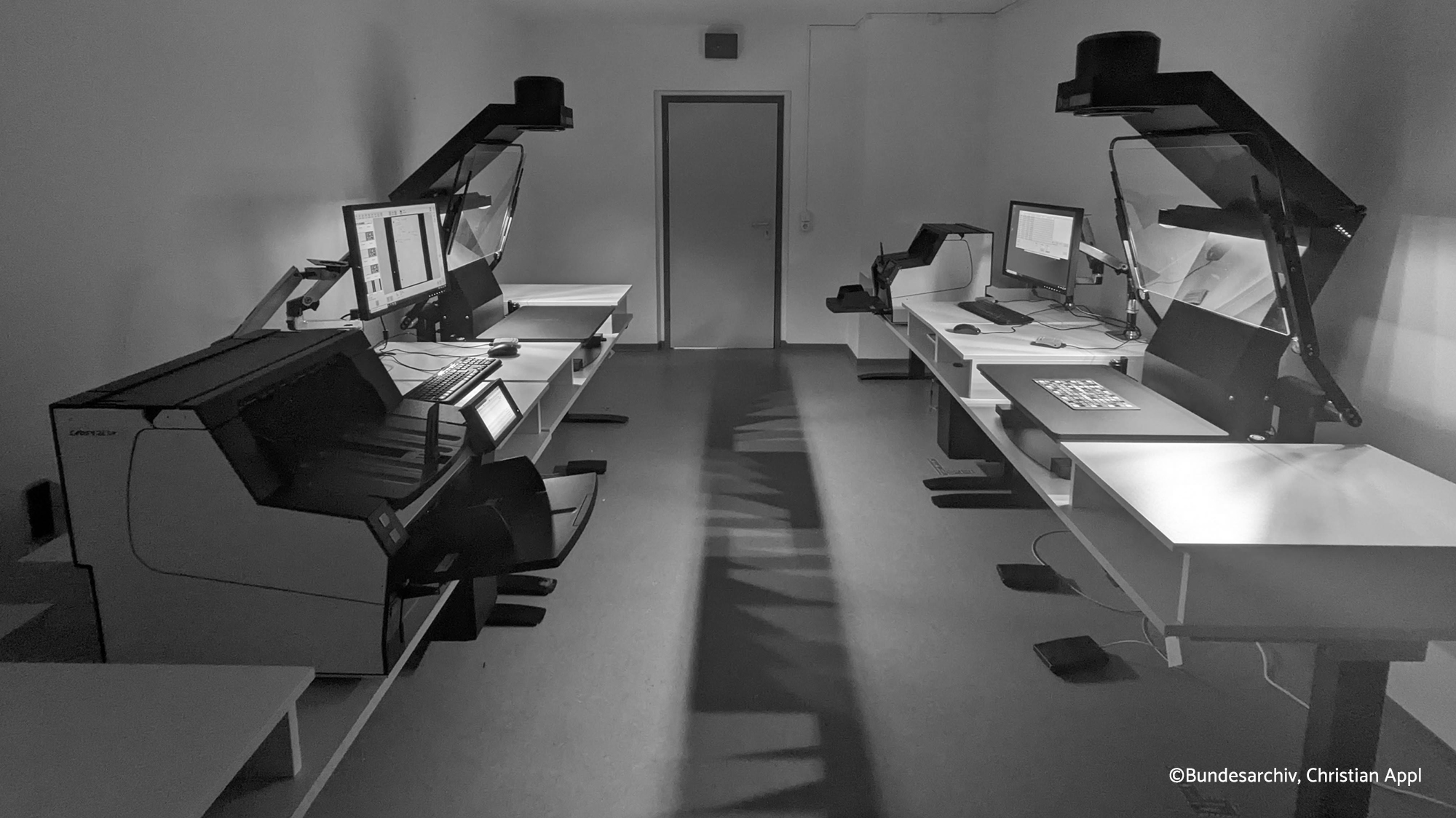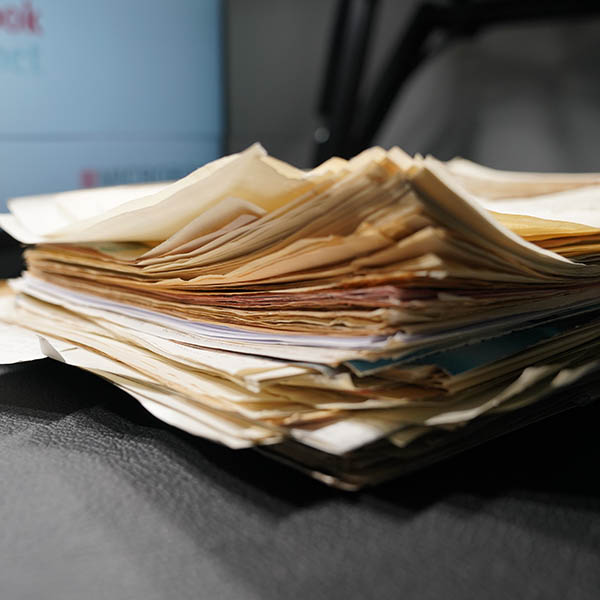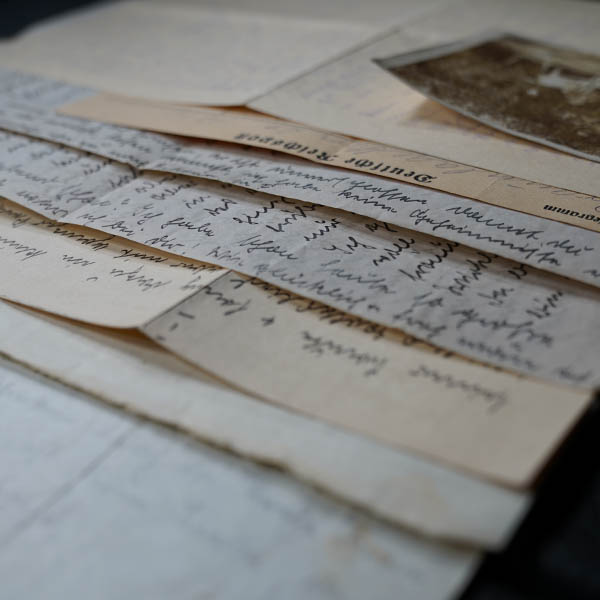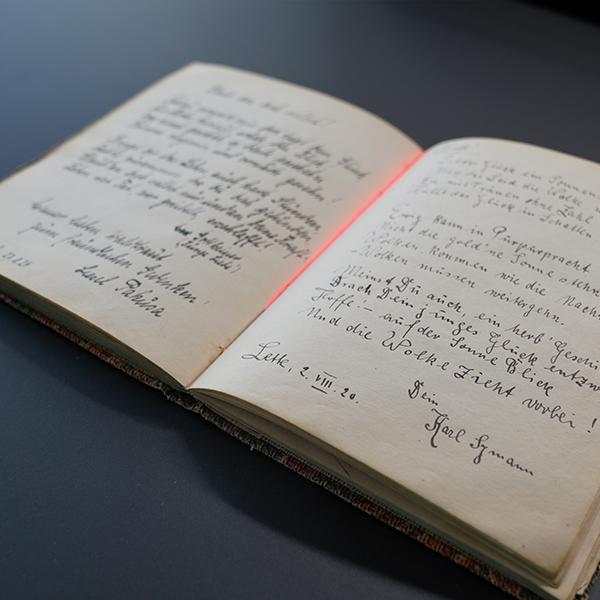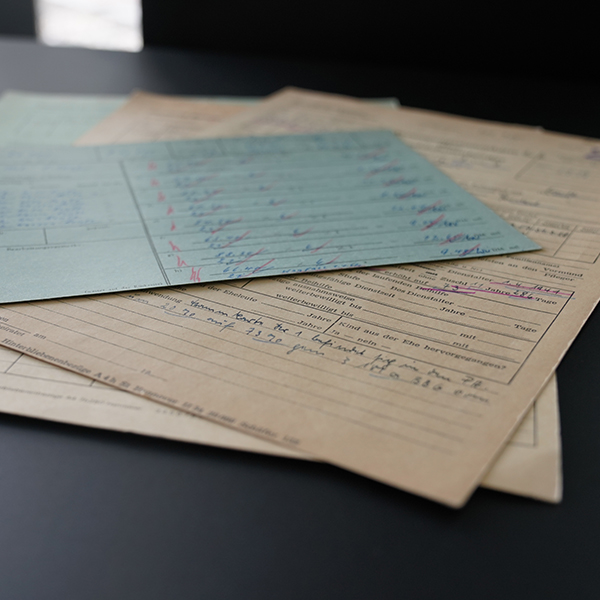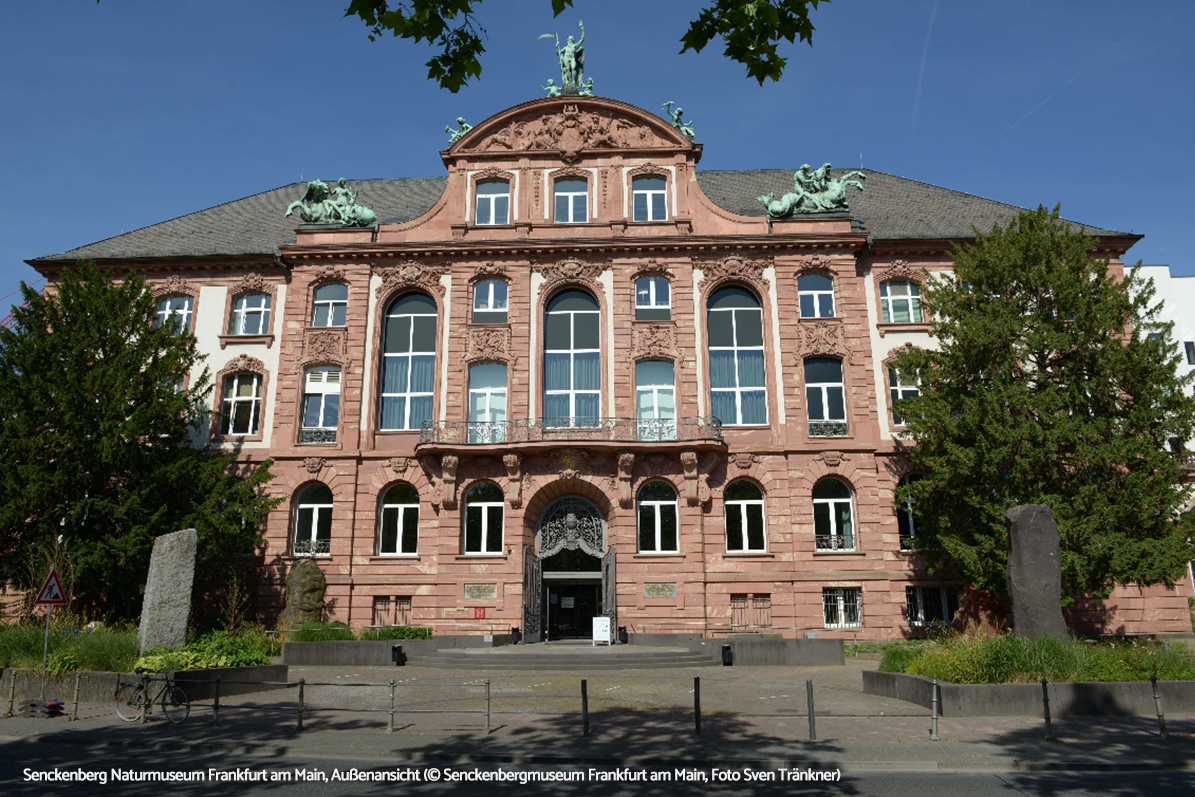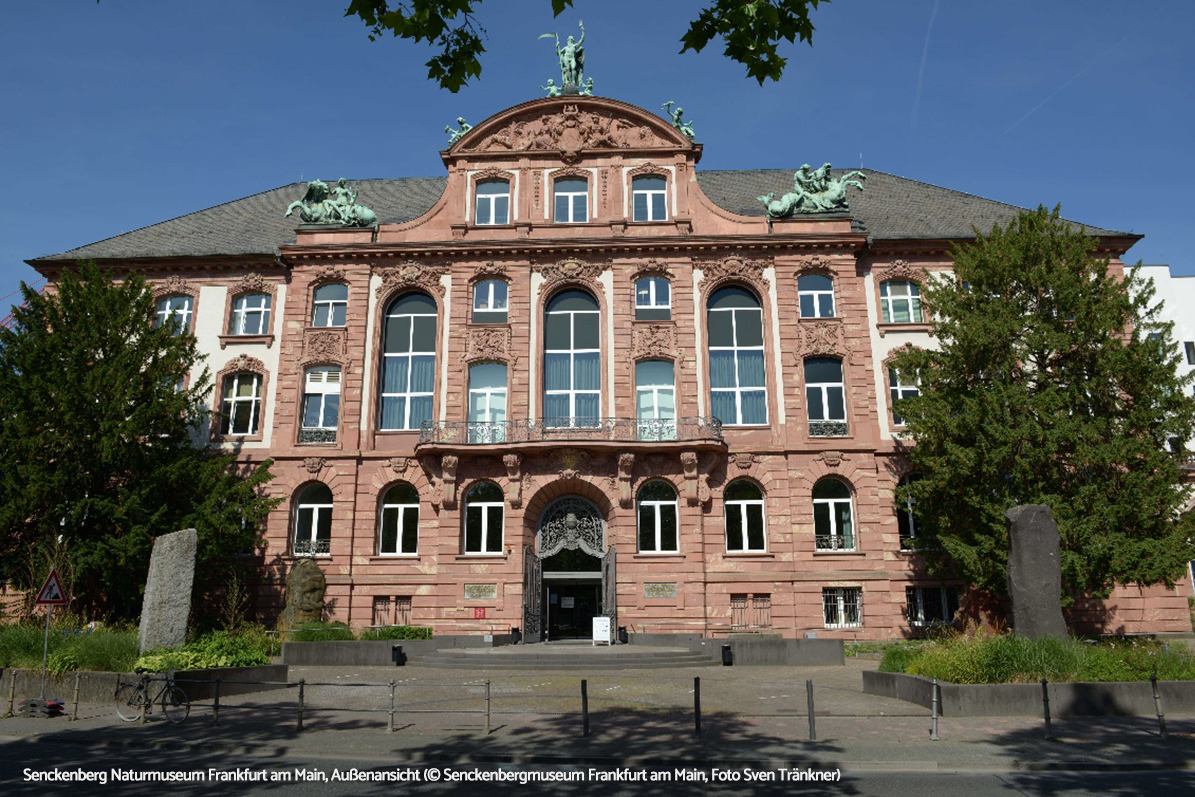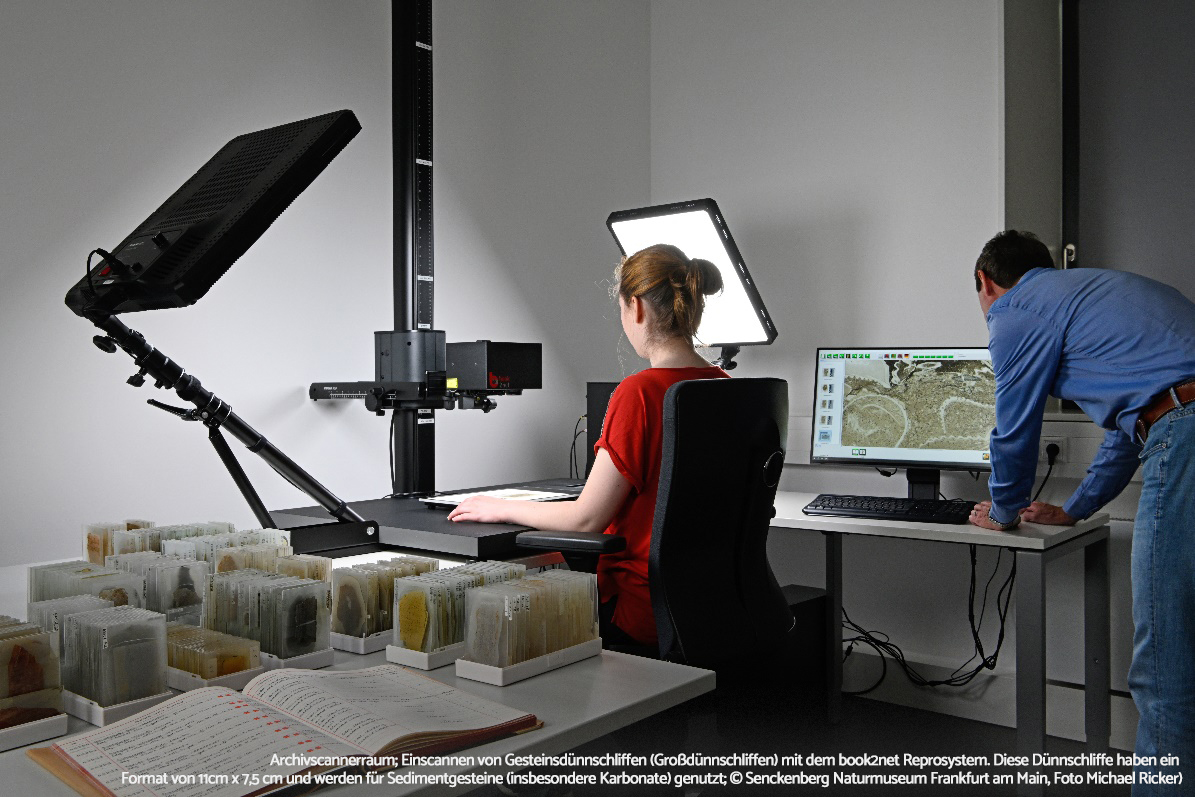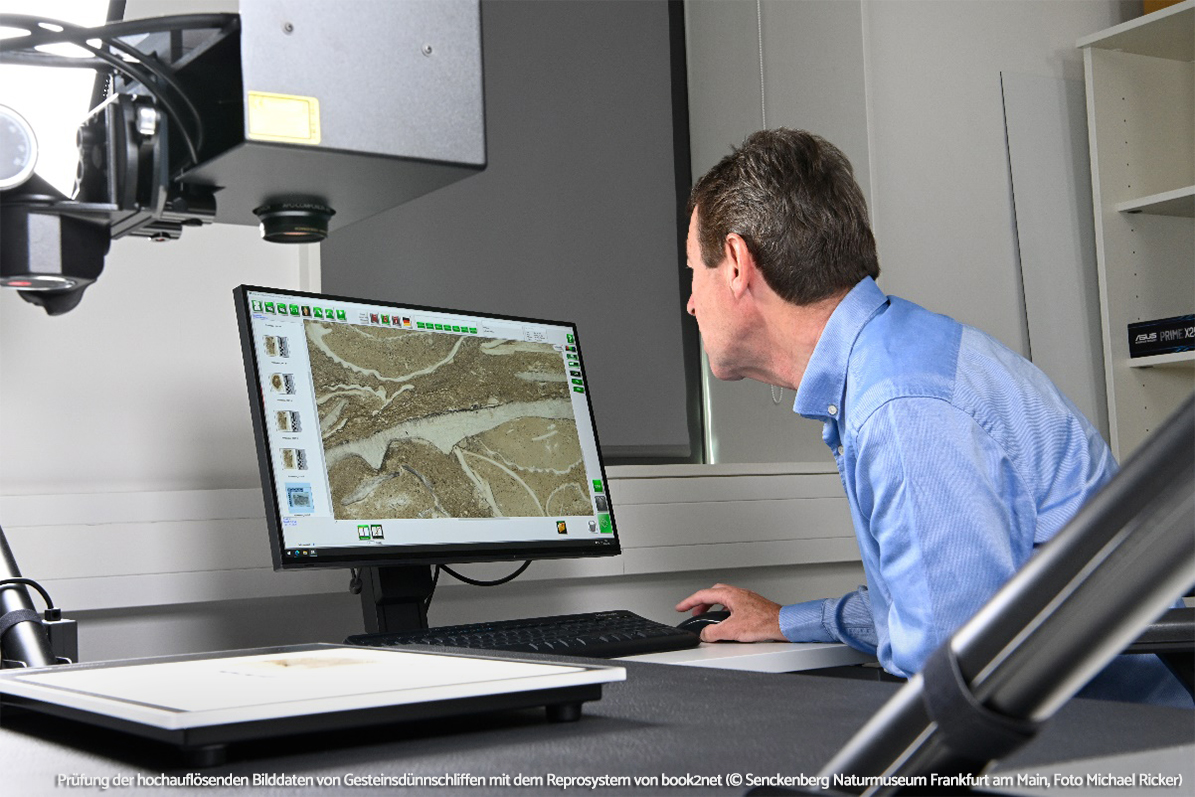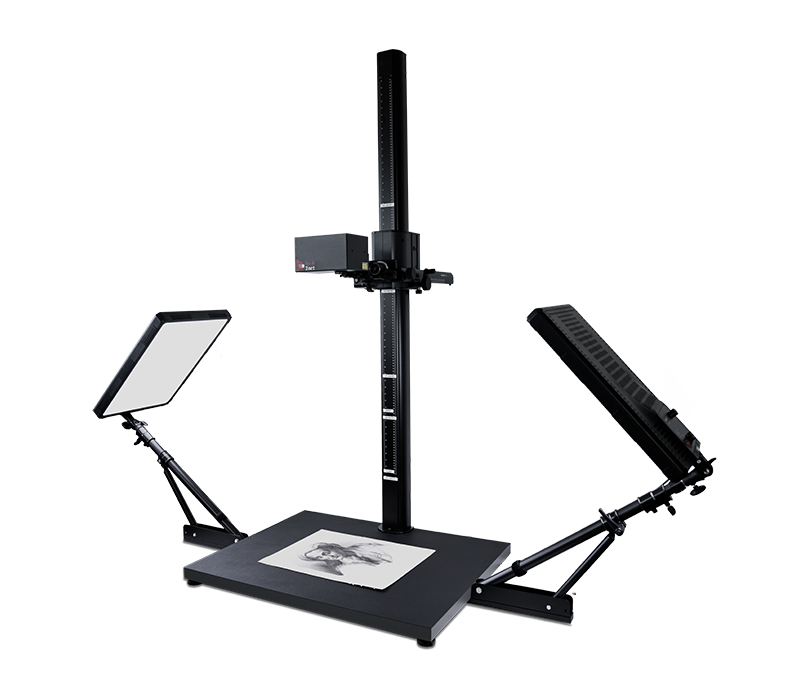The Zwickau City Archive
“That’s according to Adam Riese…” – Who hasn’t heard this expression when it comes to arithmetic problems? But who knows who this Adam Riese actually was? First of all: his name was Adam Ries, without the “e”. And there is a document in the Zwickau City Archive that goes back to the famous arithmetic master who lived in Zwickau in 1509. There, against the backdrop of a dispute between citizens and bakers over the weight of bread, he drew up so-called bread tables and, in 1553, finally a bread statute. This remained valid until the 19th century. Today, it is one of the most valuable treasures housed in the Zwickau City Archive.
Other highlights include a letter of protest from Martin Luther to the Zwickau City Council, the estate of Hans Sachs, who was actually closely associated with Nuremberg, and the historical city map of Zwickau by Jeremias Vollrath from the 17th century. If you were to line up all of the archive’s holdings, you would have six kilometers, says director Benny Dressel.
Project background
The Zwickau City Archive is currently moving – as of April 2025. As they now have the space to devote more time to digitizing significant parts of the archive holdings, they have purchased a book2net Archive Pro A2 and a book2net Flash A1. Benny Dressel says that the initial focus will be on digitizing all of the civil status documents. The aim is for any interested user to be able to access the documents directly online at some point – subject to the expiry of protection and retention periods in accordance with the Saxon Archives Act. The aim is also to transfer particularly important, valuable and sensitive documents to the digital world. This also applies to construction files containing large maps that are to be scanned with the book2net Flash.
So far, a lot has already been digitized in the Zwickau city archive, but the increased demands of users require an acceleration in this area. In addition to the scans, microfilms are also produced, says Benny Dressel. Now a new era is dawning with the use of Flash and Archive Pro.
Technology
Especially when a large amount of archive material is to be digitized, you are happy if the convenience factor is right. This is the case with both Flash and Archive Pro. City Archive Director Benny Dressel praises the Flash for its user-friendliness and price-performance ratio and the Archive Pro for the scope it offers for scanning. Among other things, Dressel can imagine creating a digital seal collection while digitizing the documents.
And of course Dressel also sees the advantages of having top-quality digitized documents: You can enlarge any part of the scanned document on the screen, making it easy to view details. Last but not least, digitization can be the basis for restoring old and damaged originals.
One of the many advantages of digitized archive collections is, of course, that they are available at any time and from anywhere, in addition to protecting the analogue copies. For example, documents that you would like to look at in order to research your own family history can also be easily accessed. The Zwickau City Archive, which reaches back many centuries into the past and offers significant insights into history, is getting ready for the future with both book2net scanners.
